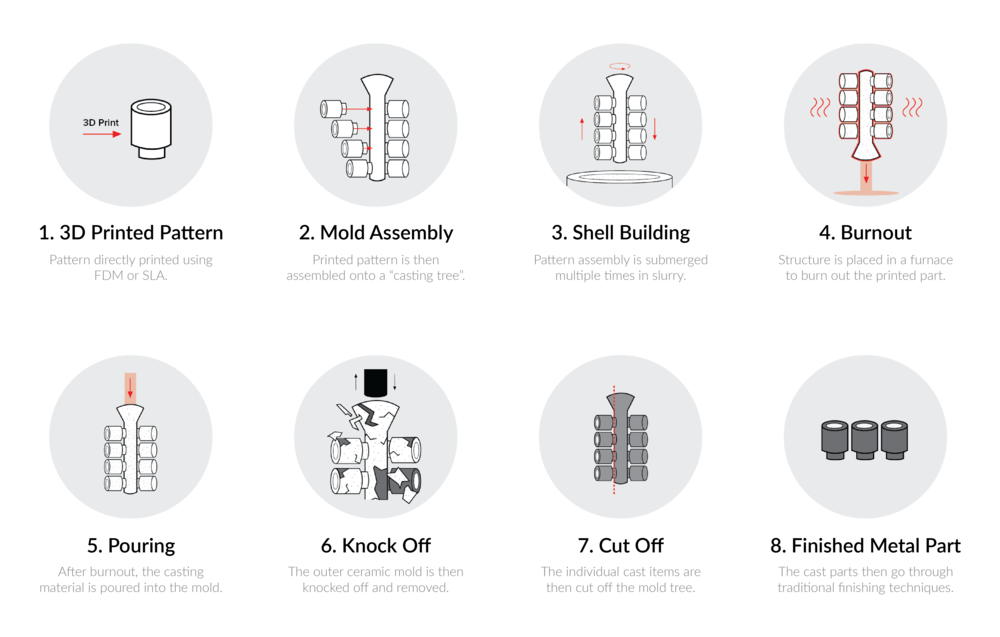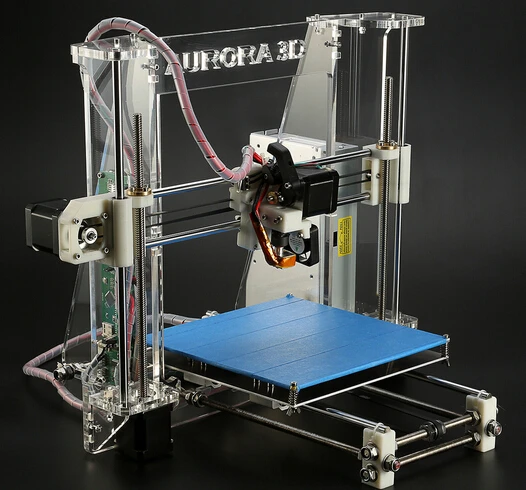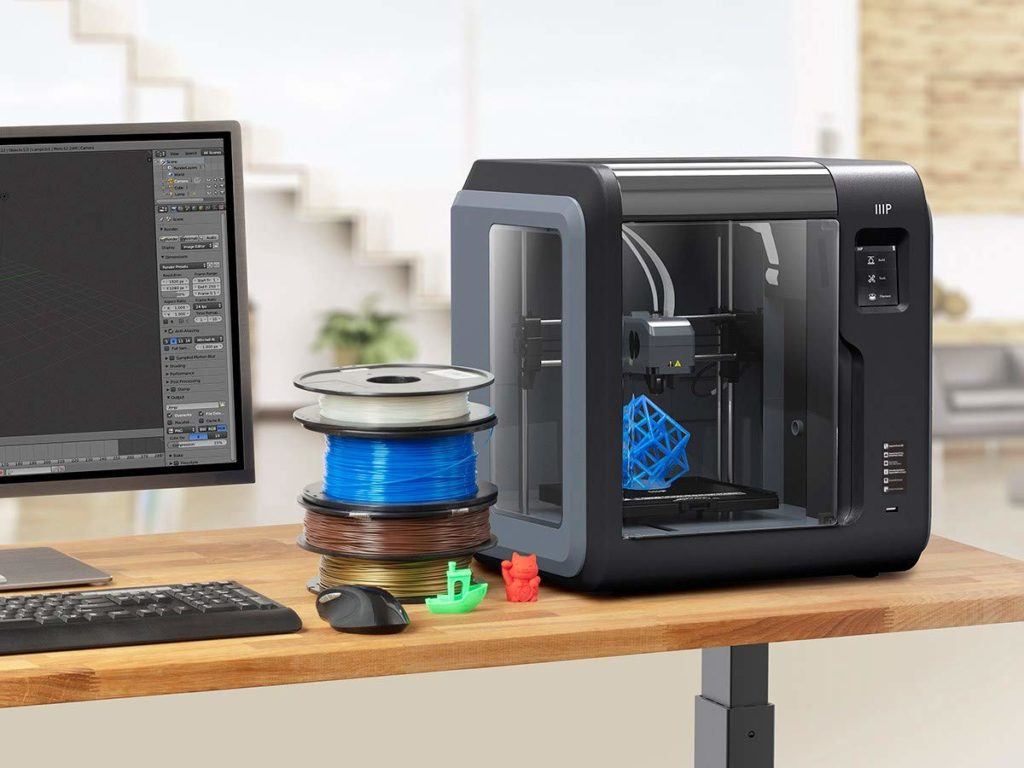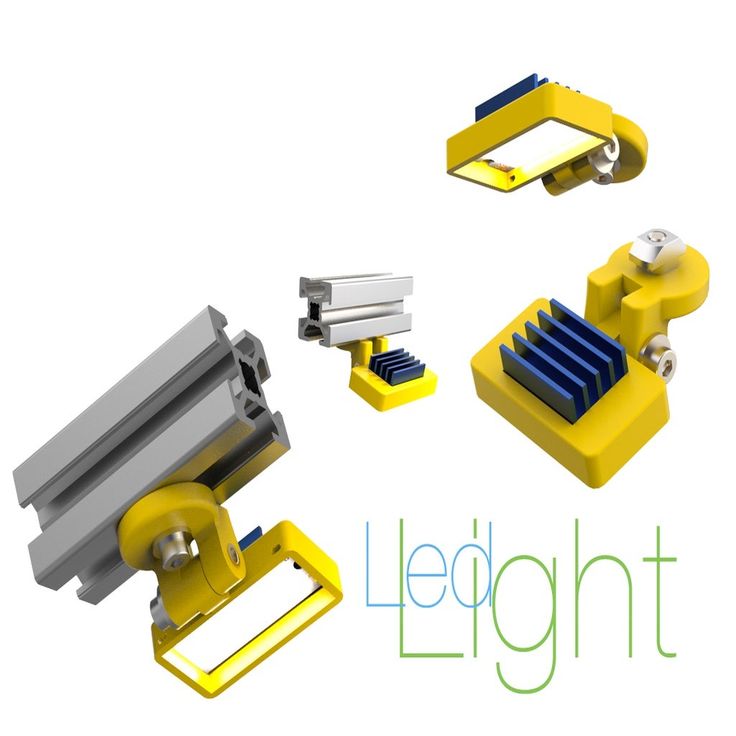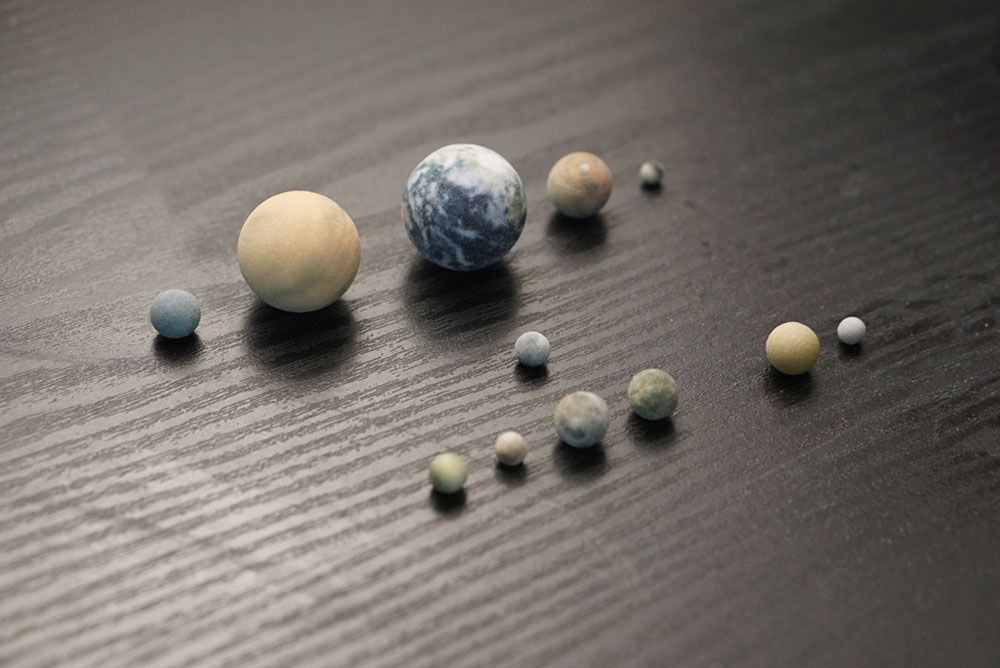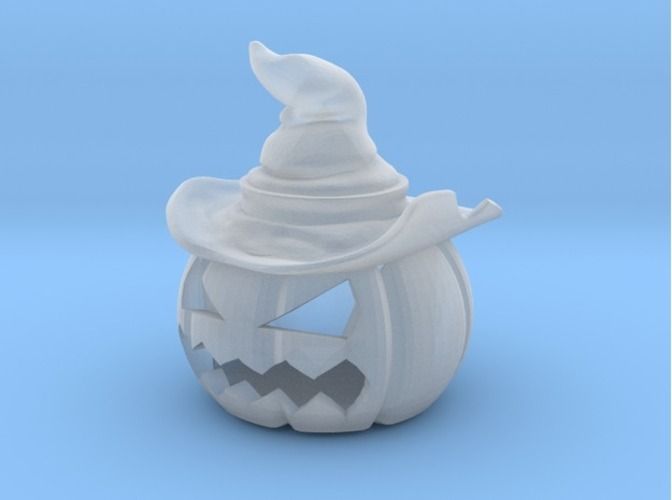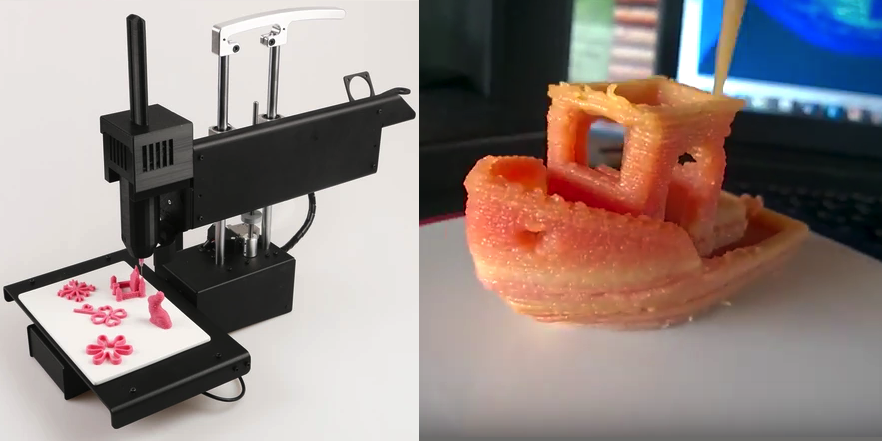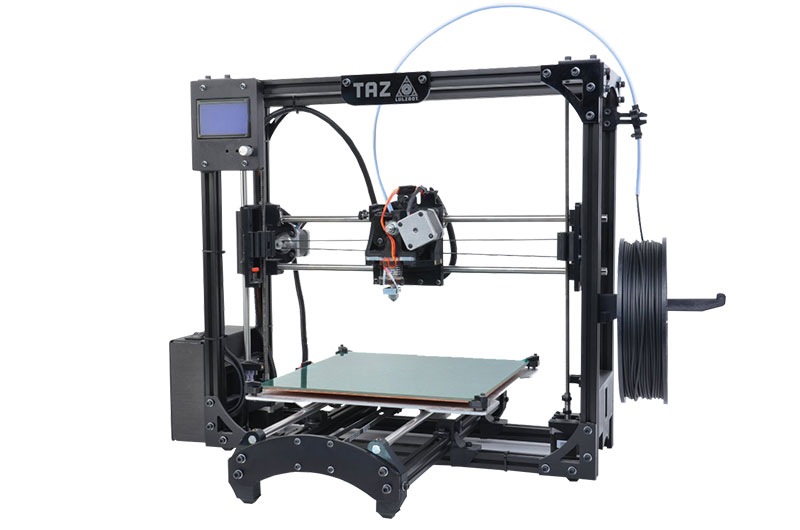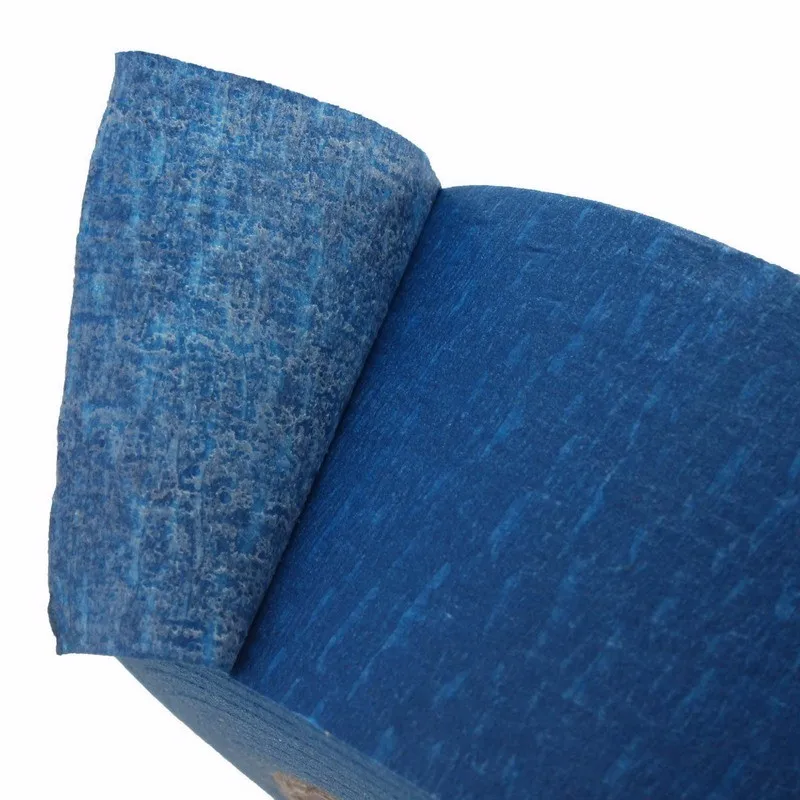How much does it cost to 3d print metal
How Much Does It Cost To 3D Print Metal Parts?
It’s no surprise that metal 3D printing has been a hot topic for some time now, considering the technology’s potential. What factors affect the price of 3D printed metal orders? It’s understandable that part size and geometry affect metal 3D printing prices, but there are other factors that can affect them as well. Metal additive manufacturing (AM) is sometimes misunderstood by designers and engineers, dissuading them from pursuing the technology.
Industrial production is being transformed by additive manufacturing. There are various methods and materials for 3D printing metals. In general, metal 3D printers make up most of the costs of 3D printing, and the rest is split between raw materials, labor, preparing, and post-processing.
A brief history of Metal 3D PrintingIn the late 1980s, Dr. Carl Deckard of the University of Texas developed the first laser sintering 3D printer of plastics. Through this development, 3D metal printing was made possible.
The first patent for laser melting of metals was filed in 1995 by the Fraunhofer Institute in Germany. Companies like EOS and many Universities lead the development of this process.
In 1991, Dr. Ely Sachs of MIT introduced a 3D printing process that is today better known as Binder Jetting. Binder Jetting of metal was then licensed to ExOne in 1995.
3D printing of metal saw slow but steady growth in the 2000s. This changed after 2012 when the original patents started expiring and large investments were made by companies like GE, HP and DM.
Today, the Wohler’s report estimates metal 3D printing to be a $720 million market and growing rapidly. Metal 3D printer sales grew by 80% in 2017.
Metal 3D printing vs traditional manufacturing
When deciding between metal 3D printing and a subtractive (CNC machining) or formative (metal casting) technology, always conduct a Cost vs Performance analysis. A manufacturing cost is generally determined by the production volume, while the performance of a part is largely determined by its geometry.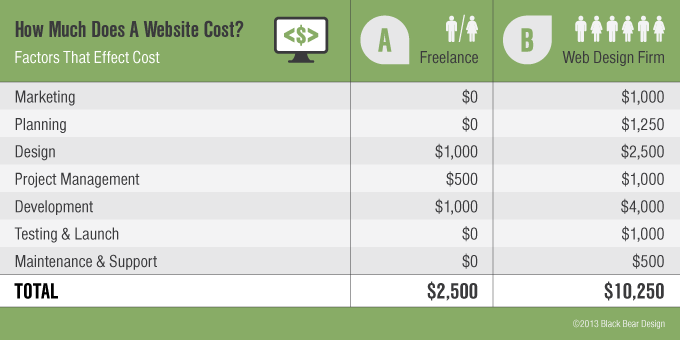
Metal 3D printing is best suited for parts with complex & optimized geometries. In other words, it is ideal for manufacturing high-performance parts. However, it does not scale as well as CNC machining or metal casting at higher volumes.
Generally speaking:
The high cost of metal 3D printing can only be justified financially if it results in an increase in performance or operational efficiency.
Various industrial requirements are met by different metal 3D printing processes. Below are some general guidelines to help you decide which process is right for you:
DMLS/SLM: In order to increase the efficiency of the most demanding applications, DMLS/SLM is the best solution for parts with high geometric complexity (organic, topology optimized structures).
Binder Jetting: For small and medium-sized batches, Binder Jetting makes the most economic sense for parts with geometries that cannot be efficiently manufactured by subtractive methods and for small parts, binder jetting provides the best alternative.
Metal extrusion: Metal extrusion is the best option for prototyping and manufacturing one-off metal parts with complex geometries that would otherwise require a 5-axis CNC machine.
Benefits & Limitations of Metal 3D printing
Understanding that 3D metal printing has a lot of unique benefits is essential. However, its limitations do not always make it the best option when it comes to manufacturing metal parts.
Benefits of Metal 3D PrintingGeometric complexity at no extra cost
Its exceptional design flexibility is the greatest advantage of metal 3D printing compared to “traditional” manufacturing. Geometries that cannot be manufactured by other means (such as a mold or cutting tool) can easily be 3D printed since no specific tooling is needed. Moreover, if a part has increased geometric complexity, the cost of manufacturing it hasn’t increased. As a result, organic, topology-optimized structures can be printed on metal parts to greatly improve their performance.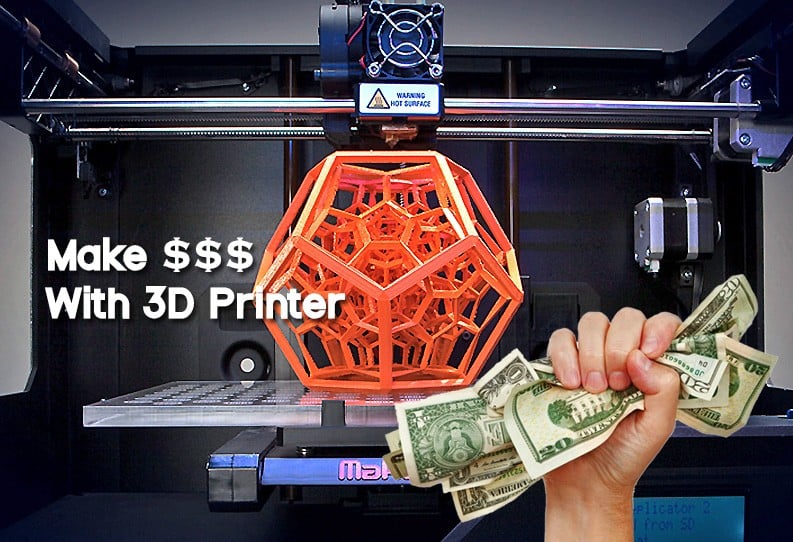
Design flexibility and lightweight structure go hand in hand with metal 3D printing. By following best design practices for metal 3D printing, lightweight solutions are always possible. Advanced CAD techniques, such as topology optimization and generative design, are typically used for this purpose. As a result, parts are both lighter (typically by 25% to 50%) and stiffer. This is important for high-end applications in industries like aviation and aerospace.
Increased part functionalityParts with internal structures can be made with metal 3D printing since tool access is not an issue. Internal channels for conformal cooling, for example, are a great way to increase the performance of a part. DMLS/SLM – manufactured injection molding cores with conformal cooling – can reduce injection cycles by up to 70%. Adding metal extrusion to a component’s functionality is another way to increase its functionality.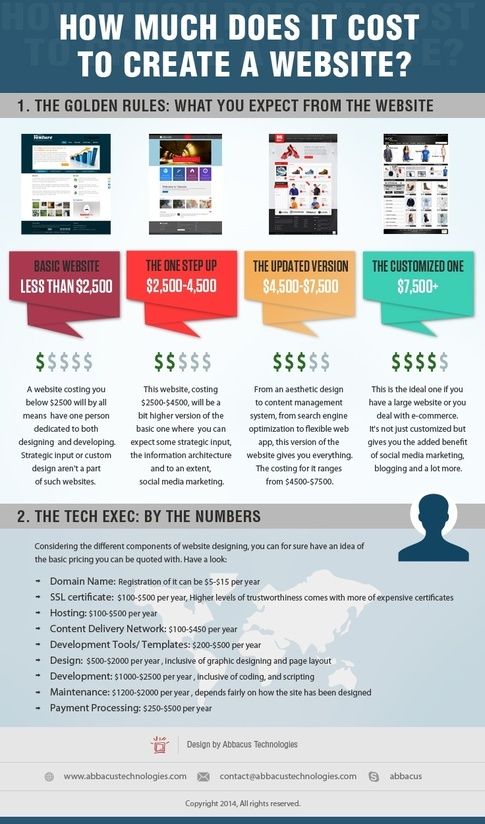 This process enables custom jigs and fixtures to be created when needed, increasing the efficiency of other industrial processes on the production floor.
This process enables custom jigs and fixtures to be created when needed, increasing the efficiency of other industrial processes on the production floor.
A third strength of metal 3D printing is its ability to merge an assembly into a single piece. This eliminates the need for fasteners and creates parts that can perform multiple functions at the same time. Labor costs and lead times are also reduced, as well as maintenance and service requirements. Another way to create lightweight structures is to reduce the number of parts.
Simpler manufacturing supply chainsIt can take 20 or more processes to manufacture a complex geometry part using “traditional” methods, even when it can be manufactured using “traditional” methods. Metal 3D printing is a viable manufacturing option in these cases. Binder jetting, for example, can reduce the total number of steps to five or less (including post-processing and finishing). In this way, the manufacturing supply chain is simplified.
In this way, the manufacturing supply chain is simplified.
In contrast to 3D printing of plastics, parts manufactured with DMLS/SLM or Binder Jetting have a more isotropic mechanical behavior. In addition, their material strength is comparable to that of wrought metal (and in some cases even better). Therefore, metal 3D printed parts have found applications in the most demanding industries, such as aerospace. It is important to note, however, that 3D printed parts generally have a lower fatigue strength. Surface roughness and internal porosity (typically, DMSL/SLM parts have * 0.2% porosity and Binder Jetting parts have * 2% porosity) play a role in this.
Limitations of Metal 3D printingHigher cost than traditional manufacturing
The cost of metal 3D printing today is very high when compared to traditional manufacturing methods. A typical DMLS/SLM part will cost you approximately $5,000 to $10,000 to 3D print and finish. The use of metal 3D printing makes economic sense only if it is associated with substantial improvements in performance. However, affordable metal 3D printing solutions are in demand. In the near future, the new benchtop Metal Extrusion systems and production Binder jetting systems could fill this gap.
The use of metal 3D printing makes economic sense only if it is associated with substantial improvements in performance. However, affordable metal 3D printing solutions are in demand. In the near future, the new benchtop Metal Extrusion systems and production Binder jetting systems could fill this gap.
In terms of large volumes, metal 3D printing is not yet able to compete with traditional manufacturing. The lack of custom tooling leads to a low start-up cost, but also means that the total manufacturing costs are not significantly affected by the volume of production. This means that the unit price remains nearly unchanged at higher quantities, and economies of scale cannot be realized. Still, the industry is working towards metal 3D printing systems that can streamline production. Currently, DMLS/SLM machines with multiple lasers and Binder Jetting systems capable of continuous production are being introduced to the market.
A unique set of design rulesDesigning metal 3D printed parts follows a different set of rules than “traditional” manufacturing.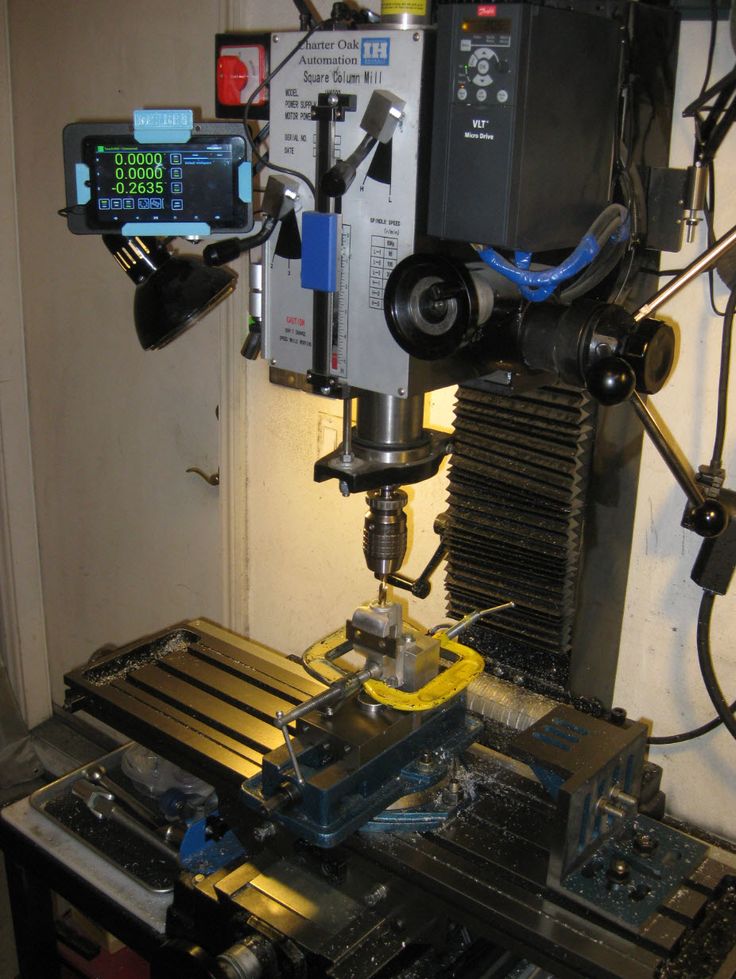 As a result, existing designs often have to be re-designed. Moreover, the tools provided by older CAD software may not be sufficient to fully benefit from the advantages of metal 3D printing. In the last section of this guide, you’ll find a detailed description of the main design considerations, advanced CAD tools, and design rules for metal 3D printing.
As a result, existing designs often have to be re-designed. Moreover, the tools provided by older CAD software may not be sufficient to fully benefit from the advantages of metal 3D printing. In the last section of this guide, you’ll find a detailed description of the main design considerations, advanced CAD tools, and design rules for metal 3D printing.
Metal 3D printed parts will almost always need some post-processing before they are ready for use. This will increase the overall cost and delivery time. To produce the final part, thermal treatments, machining, polishing, and other finishing methods are almost always required irrespective of the technology selected. In later sections, we’ll see more details on the post-processing steps required for each technology.
Metal Powder Bed Fusion 3D Printing
The most popular metal 3D printing method is metal powder bed fusion. Selective laser sintering is known as SLS. A high-powered laser is used to sinter metal powder into a solid structure.
A high-powered laser is used to sinter metal powder into a solid structure.
First, the machine will dispense a thin layer of metal powder onto the build platform. By heating the powder just below its melting point, the laser will be able to create a solid model from it. After a long process of layering, your prototype is finally complete! Any leftover powder will support the structure as it is built and can be reused for future projects. Upon completion, the structure will cool down within the machine to prevent warping and optimize its mechanical properties.
Post-processing is of course necessary. The excess powder must be removed and the part must be separated. To further process the piece, you can use media tumbling or blasting. Direct metal laser sintering (DMLS) or selective laser melting (SLM) are other names for this process. Regardless of the name, this technique selectively bonds the metal particles one by one using lasers. The average cost of an SLS or SLM printer is $550,000, but it can cost as much as $2,000,000 depending on the features you choose!
Directed Energy Deposition (DED)Directed energy deposition, also known as DED, is another type of metal 3D printing. Since the metal powder is pushed through a special nozzle, this method can be compared to filament extrusion. Metal in wire form can also be used, as it can also be pushed through the nozzle. In contrast to SLS, which sinters the material on the print bed, DED solidifies the material as it is being deposited with a laser. It also holds a laser that melts the material on the print bed while the robotic arm lays it down. SLS machines are known for their large amount of material waste, so this process increases the speed and efficiency of 3D printing.
Since the metal powder is pushed through a special nozzle, this method can be compared to filament extrusion. Metal in wire form can also be used, as it can also be pushed through the nozzle. In contrast to SLS, which sinters the material on the print bed, DED solidifies the material as it is being deposited with a laser. It also holds a laser that melts the material on the print bed while the robotic arm lays it down. SLS machines are known for their large amount of material waste, so this process increases the speed and efficiency of 3D printing.
To prevent unwanted oxidation and to maximize control, the entire process must also take place in a sealed chamber that is filled with inert gas. DED machines are ideal for repairing parts or building large objects made of metal. As well, its high printing speed makes it ideal for manufacturing large volumes of parts. However, it sacrifices surface quality and finish.It is not necessarily a cheap option, since most DED machines cost upwards of $500,000!
Metal Filament Extrusion
A metal 3D printer that uses filament extrusion is also an option. Heating up the metal material, or filament, enables it to be processed through nozzles. Instead of the dangerous metal powder used in the previous options, this filament is made of metal particles mixed with a binding agent. In other words, it is easy to handle and safe to use, but requires additional post processing steps. To reach its final form, it must undergo de-binding and sintering.
Heating up the metal material, or filament, enables it to be processed through nozzles. Instead of the dangerous metal powder used in the previous options, this filament is made of metal particles mixed with a binding agent. In other words, it is easy to handle and safe to use, but requires additional post processing steps. To reach its final form, it must undergo de-binding and sintering.
An average machine of this type costs around $140,000 with post-processing tools included. Although the price of a larger, more advanced machine can creep much higher, like with any choice.
Material Jetting and Binder Jetting
You can think of these machines as inkjet printers – they spray metal onto the build surface, and once it hardens, another layer of metal “ink” is added. Binder jetting uses the same principle, except that a liquid binder is also applied to the metal materials. The process is layer-by-layer, so it takes time to complete. As a result, the prototype you construct will be very fragile until all post-processing steps are completed.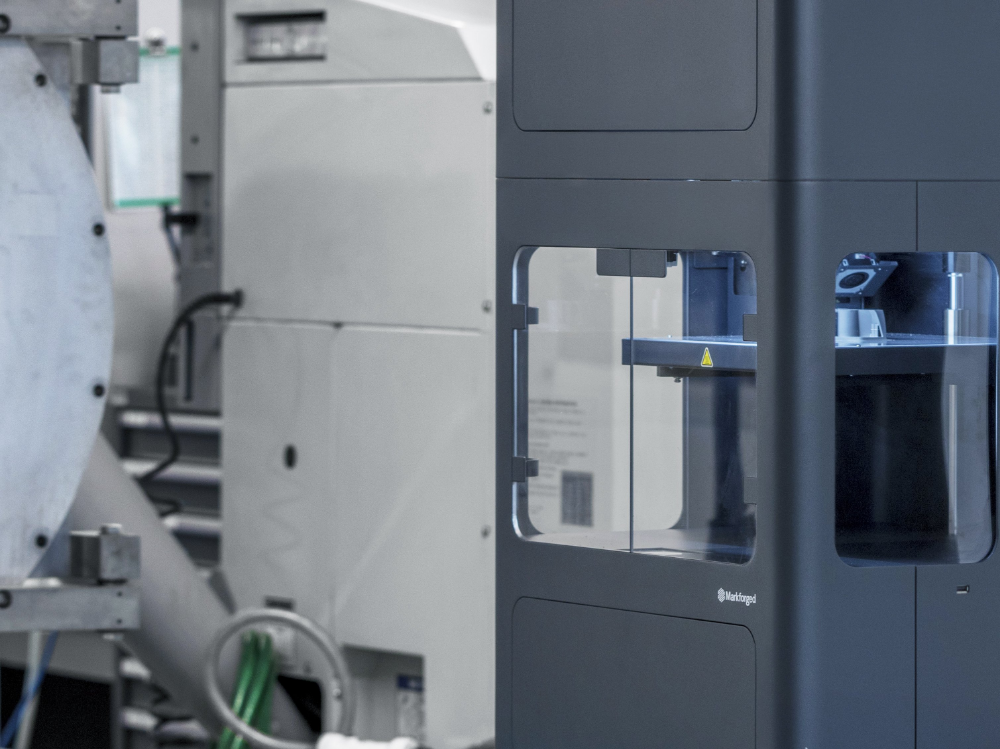 Sintering and infiltration will transform it from its green state into a stronger metal part. With this process, you can use more materials than just metal because of the unique technology. Sand or ceramics are great options for those who are interested in these subjects.
Sintering and infiltration will transform it from its green state into a stronger metal part. With this process, you can use more materials than just metal because of the unique technology. Sand or ceramics are great options for those who are interested in these subjects.
You can expect to spend $400,000 or more on a metal binder jetting system.
What is DMLS/SLM 3D printing?
Two powder bed fusion metal 3D printing technologies are DMLS (Direct Metal Laser Sintering) and SLM (Selective Laser Melting). SLM and DMLS have very few practical differences. Therefore, they can be treated as one technology.
Layer-by-layer, they use high-power lasers to bond metal powder particles together. Due to the extremely high temperatures, SLM reaches a complete melt, while DMLS causes the metal particles to fuse together on a molecular level. Metal alloys can be used in DMLS, but only certain (pure) metal materials can be used in SLM.
How does DMLS/SLM work?
Steps involved in 3D printing with DMLS and SLM are as follows:
First, the build chamber is filled with inert gas and then heated to the optimal temperature for printing.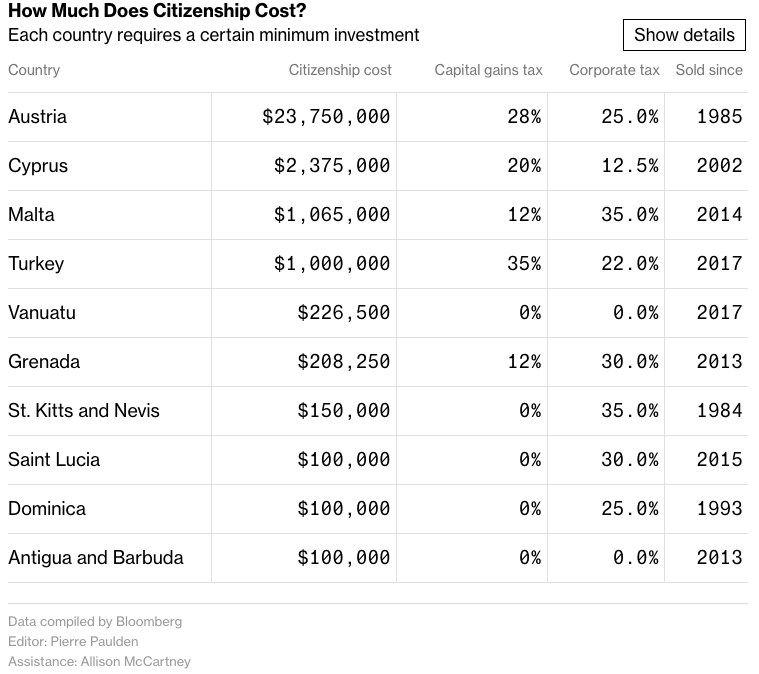 The build platform is covered with a thin layer of metal powder (typically 50 microns). The laser scans the cross section of the part and selectively bonds the metal particles.
The build platform is covered with a thin layer of metal powder (typically 50 microns). The laser scans the cross section of the part and selectively bonds the metal particles.
After the entire area is scanned, the build platform moves down a layer and the process repeats until the entire build is complete.
After printing, the built-up needs to cool down before the loose powder can be extracted. The 3D printing step is just the beginning of the DMLS/SLM process. After the print is complete, additional (compulsory or optional) post-processing steps must be performed before the parts can be used. Required post-processing steps include:
Stress relief: As a result of the very high processing temperatures during printing, internal stresses develop. Prior to any other operation, these need to be relieved through a thermal cycle.
Removal of the parts: SLM/DMLS basically welds parts to a build platform. Here, band saws or wire cutters are used.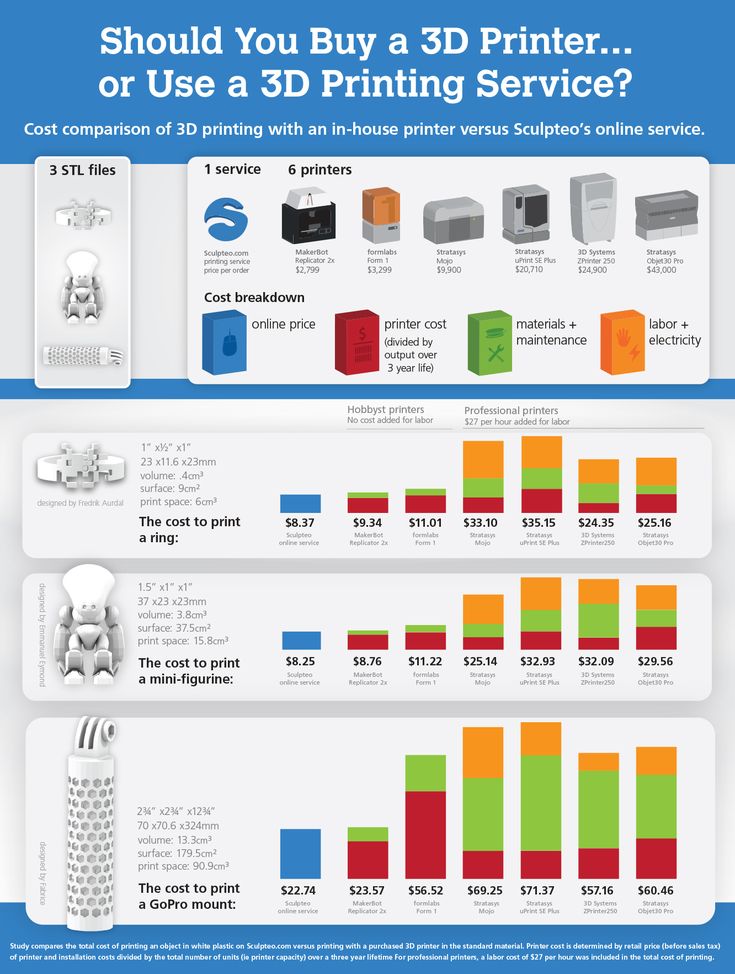
Removal of the support: To mitigate the distortion and warping that may occur during printing, DMLS/SLM support is always required. This support is either manually removed or CNC machined.
Additional post-processing steps are often required to meet engineering specifications. This may include the following:
CNC machining: In order to meet tighter tolerances than the standard * 0.1 mm, machining is used as a finishing step. Very little material is removed this way.
Heat treatments: Heat treatments or Hot Isostatic Pressing (HIP) can be used to improve the material properties of a part.
Smoothing/Polishing: A smoother surface than the standard RA 10 *m of as-printed DMLS/SLM is required for certain applications. CNC machining, manual polishing, electropolishing, and chemical polishing are all available options.
Metal powders for 3D printingPowder is the raw material used in DMLS/SLM and many other 3D printing processes.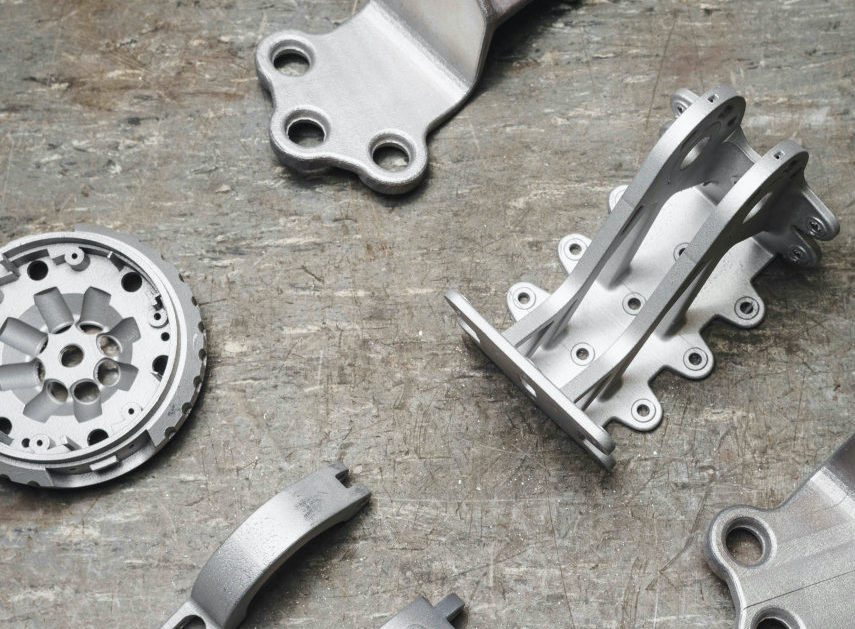
For the final result, the characteristics of the metal powders are very important. In order to ensure a good flow and close packing, metal particles should be spherical and between 15 and 45 microns in size. In order to meet these requirements, methods such as gas or plasma atomization are commonly used. A key factor contributing to the overall cost of metal 3D printing is the high cost of producing these metal powders.
Benefits and limitations of DMLS/SLM
The main strength of DMLS/SLM is the ability to create highly optimized, organic structures from high-performance metal alloys. When DMLS/SLM is used to manufacture parts, complex, organic shapes can be created that maximize stiffness and minimize weight. In addition, they can have internal geometries that cannot be produced by any other method.
DMLS/SLM parts have excellent material properties. Parts with almost no internal porosity can be made from a variety of metal alloys, from aluminum and steel to superalloys. DMLS/SLM have high costs, as we saw in a previous section. Because of this, these processes are only economically viable for high-value engineering parts. Technically, DMLS and SLM are limited by the requirement for extensive support structures. To avoid warping and anchor the part to the build platform, these are necessary. Additionally, out of the printer, the surface roughness of the produced parts is high for most engineering applications, so post-processing is required.
DMLS/SLM have high costs, as we saw in a previous section. Because of this, these processes are only economically viable for high-value engineering parts. Technically, DMLS and SLM are limited by the requirement for extensive support structures. To avoid warping and anchor the part to the build platform, these are necessary. Additionally, out of the printer, the surface roughness of the produced parts is high for most engineering applications, so post-processing is required.
Excellent design freedom
High accuracy & fine details
High-performance materials
Disadvantages:High manufacturing & design cost
Extensive need for support structures
High surface roughness
Materials for Metal 3D printingMetal 3D printing materials are becoming increasingly common. Engineers today can choose from alloys such as:
- Stainless steels
- Tool steels
- Titanium alloys
- Aluminum alloys
- Nickel-based superalloys
- Cobalt-chrome alloys
- Copper-based alloys
- Precious metals (gold, silver, platinum…)
- Exotic metals (palladium, tantalum…)
The speed of metal 3D printing
It takes at least 48 hours and an average of 5 days to manufacture and finish a metal 3D printed part, regardless of the process. About half of the total production time is dedicated to printing. Obviously, this is dependent on the volume of the part and the need for support structures. As a reference, the current production rate of metal 3D printing systems ranges between 10 and 40 cm3/h.
About half of the total production time is dedicated to printing. Obviously, this is dependent on the volume of the part and the need for support structures. As a reference, the current production rate of metal 3D printing systems ranges between 10 and 40 cm3/h.
Post-processing and finishing requirements account for the remainder of production time. The thermal treatments contribute significantly to the total production time: a typical thermal cycle takes 10 to 12 hours. Mechanical surface finishes require expert input (5-axis CNC machining) or manual labor (hand polishing).
Prices of metal 3D printersA laser powder-bed fusion system (10 x 10 x 12 inches) can cost between $400,000 and $800,000. It will cost $400,000 to buy HP’s metal 3D printer. A company called Desktop Metals, which has BMW, Ford and Google Ventures among its investors, announced last year that it will offer a metal 3D printer capable of printing a variety of shapes and sizes. Prices for businesses that need to 3D print metal are expected to become increasingly competitive as more companies enter the metal 3D printer market.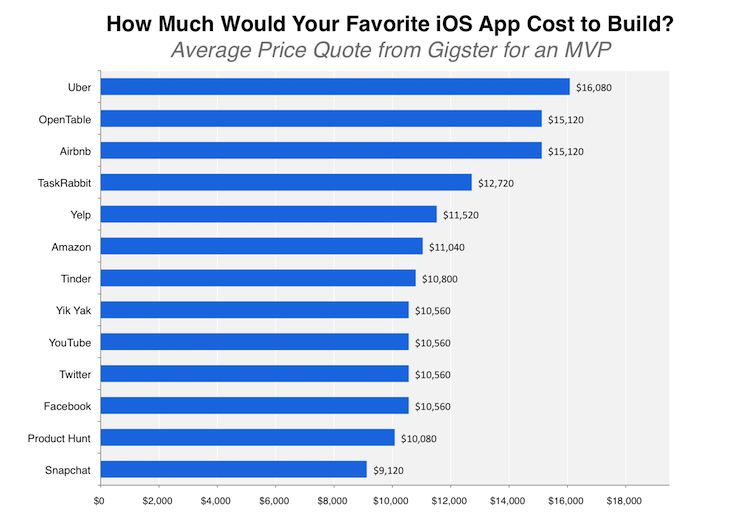 You should also consider the licensing costs of generative design, an iterative design process used in conjunction with metal 3D printing.
You should also consider the licensing costs of generative design, an iterative design process used in conjunction with metal 3D printing.
Currently, metal 3D printers require human intervention in order to operate. Depending on the machine, labor rates can range from low to high. Safety aspects should also be considered depending on the printing system used. Using powerful lasers or metallic powders, for example, requires safety measures. Nevertheless, safety is heightened in the case of metal binder jetting, a method in which the industrial printhead deposits a liquid binding agent onto a layer of powder particles. The cost of implementing safety measures will be minimal.
Costs of post-processing printed partsIn post-processing, parts are cleaned, support structures are removed, coatings are added, or other enhancements are performed. The associated costs vary depending on the process. For example, powder bed fusion (PFB) requires support structures, and because they also require more material, the parts can be expensive.
How much does metal 3d printing really cost?
You can expect to pay between $15 per piece up to $800 for larger models. Similar to the cost of a 3d printing service, the price for metal 3d printing also depends on factors including the volume of your 3d model, its complexity, and the type of finishing you use, in this case metal.
Things to Consider Before 3D Printing Metal
Material CostsYou must first purchase the materials needed for the machine to function before you can 3D print metal! You will need different types of metal and materials for various machines, but this will continue to be an ongoing expense. A kilogram of this powder costs between $300 and $600, and is used by most metal printers to create metal objects. However, if you are using an SLM or DMLS 3D printer, you can expect material costs to range from $2,000 to $4,000. You can use one single build plate to accommodate up to 12 parts.
If you plan to make objects with a 3D printer, your material costs will vary, so make sure you price them into your calculations in advance!
Post-ProcessingMetal parts or prototypes are only the beginning of the 3D printing process.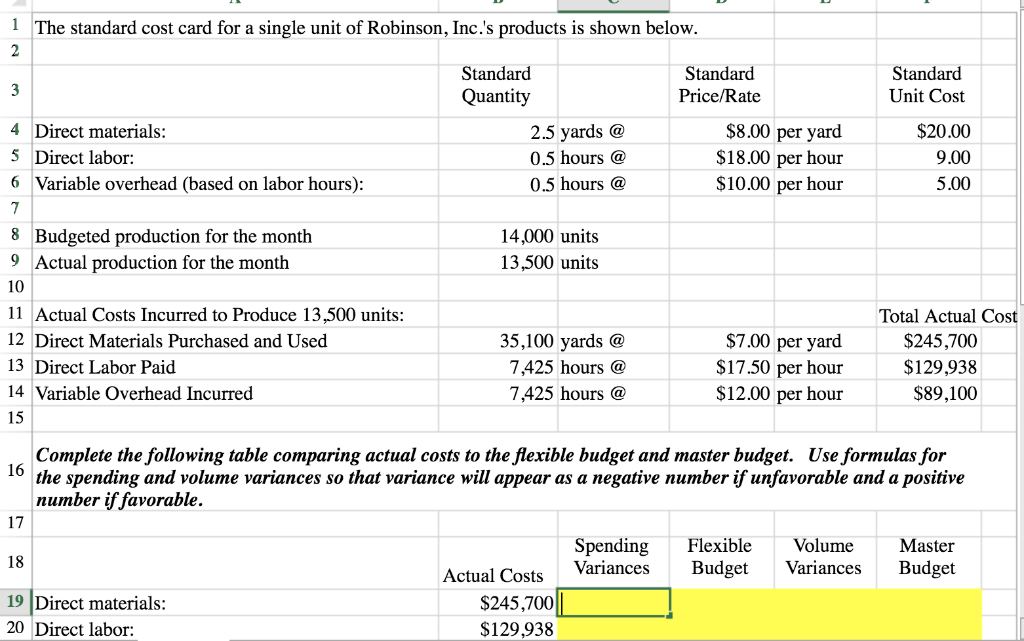 In the post-processing process, the object needs to be cleaned, coated, and support structures removed. Depending on the type of machine you buy, you will manage this differently. The objects for sintering must be heated in an oven if you choose to use a metal binder machine. Support structures are built to anchor powder bed parts to build plates, so when the part is completed, they must be removed.
In the post-processing process, the object needs to be cleaned, coated, and support structures removed. Depending on the type of machine you buy, you will manage this differently. The objects for sintering must be heated in an oven if you choose to use a metal binder machine. Support structures are built to anchor powder bed parts to build plates, so when the part is completed, they must be removed.
These are some examples of standard post-processing techniques and their costs:
- Stress Relief: $500 to $600 per build
- Heat Treatment: $500 to $2,000 per build
- Support Removal: $100 to $200 per part
- Surface Treatment: $200 to $500 per part
- CNC Machining: $500 to $2,000 per part
Lastly, you need to consider the cost of operating and maintaining the metal 3D printer. These devices cannot be turned on and off. They require extensive setup and skill to operate, so you will have to hire someone to manage them. This means you would need a full-time operator if you planned to run the printer full-time. Metal 3D printers have a variety of costs associated with them, as it is evident!
This means you would need a full-time operator if you planned to run the printer full-time. Metal 3D printers have a variety of costs associated with them, as it is evident!
Design for Metal 3D printing
Metal 3D printing demands a new mindset and a specific set of design rules and best practices. This section introduces you to the principles and tools that will help you make the most of your designs, including topology optimization.
Key design considerations
Additive manufacturing follows a different set of rules than traditional manufacturing. Due to both the unique set of design freedoms and limitations, the designer must shift their mindset.
Existing designs may not be directly transferableIt is rarely feasible to manufacture parts that have been designed for a traditional process using metal 3D printing because of its high cost. It is often technically impossible to reproduce these geometries. Sections thicker than 10 mm, for example, are prone to warping or other manufacturing defects and should be avoided.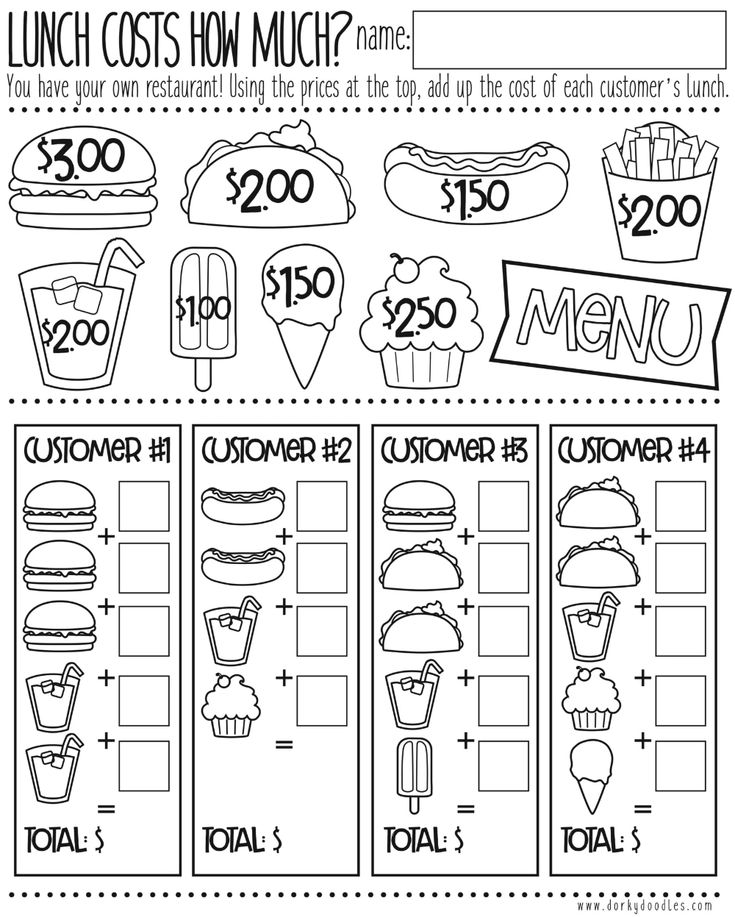
Complexity is often considered harmful, since it leads to higher costs. With metal 3D printing, this is not the case. The key to fully utilizing the benefits of metal 3D printing is to maximize the added value that geometric complexity brings to a system.
Start by defining the basic requirementsWhen you begin to redesign a part or assembly for metal 3D printing, it is usually a good idea to start from scratch. By doing so, you can avoid being limited by preconceived notions. Clearly defining the design requirements (loads, boundary conditions, part weight, etc.) is essential. In the next section, we will see how modern CAD software uses them to create structures with organic forms.
Always use minimum support structuresHaving a clear vision of how the part will be oriented in the machine is a good practice. The orientation of the print determines the position and need for support structures. It is the designer’s responsibility to create self-supporting features, minimizing the need for support and ensuring build success.
It is the designer’s responsibility to create self-supporting features, minimizing the need for support and ensuring build success.
With metal 3D printing, post-processing is always necessary regardless of the process. These can be mandatory (such as support removal in DMLS/SLM or sintering in Binder Jetting and Metal extrusion) or optional (such as a CNC machining step to achieve tighter tolerances or a heat treatment to improve material properties). Designing a part for metal 3D printing requires you to keep in mind the post-processing requirements and available options.
Design optimization tools & software
CAD packages offer tools for taking full advantage of metal 3D printing’s geometric freedom. You can create organic-like structures with these algorithm-driven design tools that outperform parts constructed using traditional methods. Today, three main strategies can be used. Depending on the design requirements, these strategies can optimize the performance of existing designs or be used to design completely new structures.
An existing design can be optimized by using a lattice pattern. In addition to creating lightweight parts, lattice structures can increase the surface area of heat exchangers, reduce manufacturing costs, or improve the printability of existing designs.
Topology optimizationMaximizing stiffness and minimizing mass can be achieved by using simulation-driven optimization of topology. In topology optimization, areas from which material can be removed are determined by analyzing the user-defined design space and the load cases. Based on the simulation results, parts can be designed for optimal performance under these loading scenarios.
Generative designSimulation-driven topology optimization is a variation on generative design. Rather than a single output, generative design produces multiple design options. The resulting designs are all capable of being manufactured and meet the design requirements.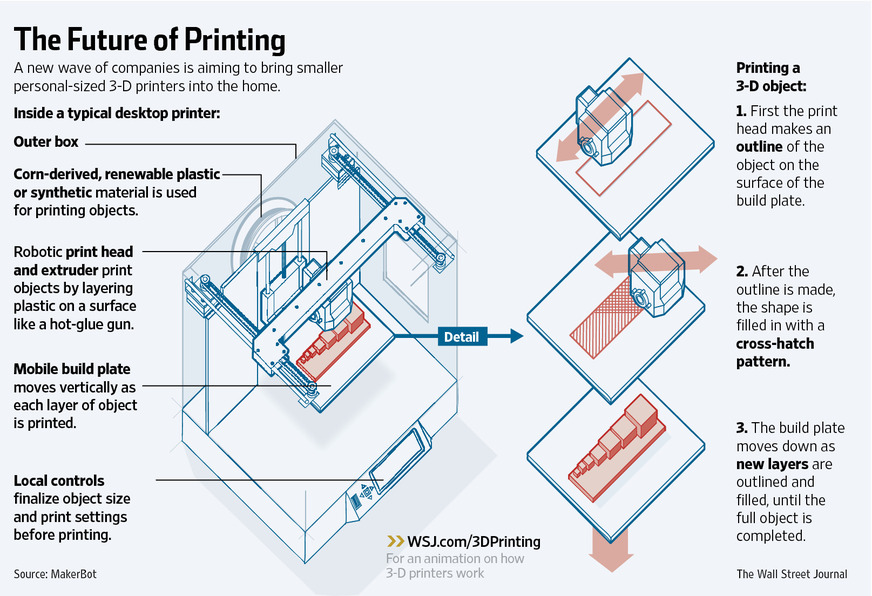 By exploring different solutions, the designer can find the most suitable one (for example, according to secondary trade-offs).
By exploring different solutions, the designer can find the most suitable one (for example, according to secondary trade-offs).
Is It Worth it to Buy a 3D Metal Printer?
Can you say for sure whether you should spend the money on a 3D metal printer? It depends on what your goals are. To find out what works, you should survey your peers and research your options.
By printing metal 3D parts, you can bring complex designs to life and support on-demand production. It improves your control and flexibility on the production line, in other words! As well, metal 3D printing generates less waste than CNC milling processes, thereby reducing costs over time. 3D metal printers have the obvious drawback of being costly to use. Obtaining a positive return on investment may take a considerable amount of time, so determine the value of your throughput before investing. Post-processing is almost always required as well, as printing is not perfect. It doesn’t matter if you are sintering or de-binding; you will still need to add some finishing touches to the final product.
There are a number of ways you can reduce the costs involved in 3D metal printing, even though it will never be a ‘cheap’ method. Here are some:
Cutting the CNC finishing costs of 3D metal printingSeveral emerging techniques are helping to reduce the amount of time your teams spend on CNC finishing. Studies show that using supports that can dissolve in acid can reduce post-processing time from days to just a few hours. You can also design a way to remove support structures with greater ease with some SLM editing software.
Reducing design time through automationThe beauty of 3D printing metal parts is that they can be completely customized and unique. It would require a designer to build each design from scratch in the software – which could take many hours. However, today’s 3D metal printing software can help you automate many steps of this process to increase the volume of parts you can print.
With 3D metal printing, you might be able to create dental parts that are unique to each patient. This process can be sped up significantly if you use software that automates design. Almost all of the fundamental geometry of a dental part is identical; you will still have to customize certain elements for the patient’s mouth, but most of the work has already been done for you. The part’s orientation, support structure generation, placement, and slicing and matching can be repeated from one design to the next. The designer can then make a few tweaks to an existing design file without having to restart each time.
By using 3D editing software that has automation capabilities, you can reduce the amount of routine work your 3D designers need to do. Machine libraries and predefined support structures enable you to speed up data preparation, design more parts, and therefore boost your profits while reducing your costs.
Optimize 3D metal printingYou can save your company significant amounts of money and boost productivity by optimizing your 3D metal printing processes.
Layers.app‘s mission is to help you automate and improve your 3D printing processes. By using our software, you can automate many aspects of design, bringing you powerful and easy-to-use 3D metal printing tools. It frees up skilled workers from repeating work, allowing them to manufacture more parts more quickly.
How much does it cost to print a 3D metal part?
3D metal printing lets you produce very complex parts that have impressive structural performance while also being completely unique. However, it is usually relatively expensive to print an individual part. This is because, unlike traditional mass manufacturing techniques which become cheaper the more you produce, the creation of individual 3D metal parts will always be time and energy intensive. You can’t just continually reuse the same mould to produce thousands of identical widgets.
In this blog, we will look at the common costs of 3D metal printing, then explore some of the ways that you can reduce your outgoings.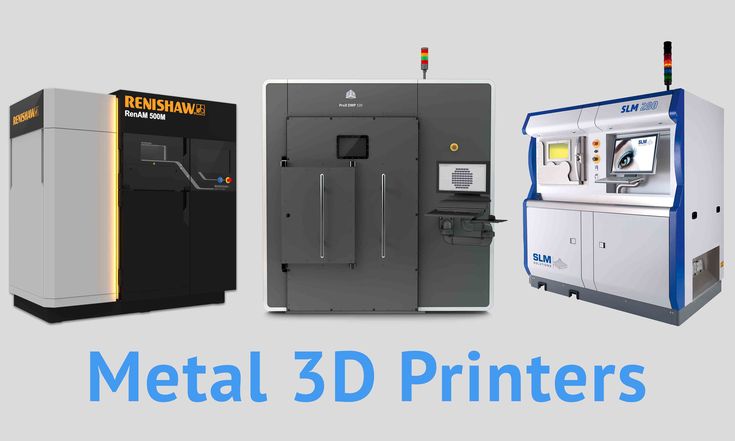
To get an idea of the costs of producing a 3D metal part, you need to consider both the manufacturing and the post processing stage. The exact cost of each part will of course vary depending on its size and complexity.
Nonetheless, it is possible to start to get a ballpark figure for the general costs of 3D metal printing, which you can then apply to your own designs. The following table, using data from the 3D Hubs website, will help you get an idea of the costs involved in producing a standard build plate of between 6 and 12 parts.
| 3D printing | Material cost | $ 175.00 | 8.05 % |
| DMLS/SLM cost | $ 375.00 | 17.24 % | |
| Post-processing | Stress relief | $ 68.75 | 3.16 % |
| Part/supports removal | $ 150.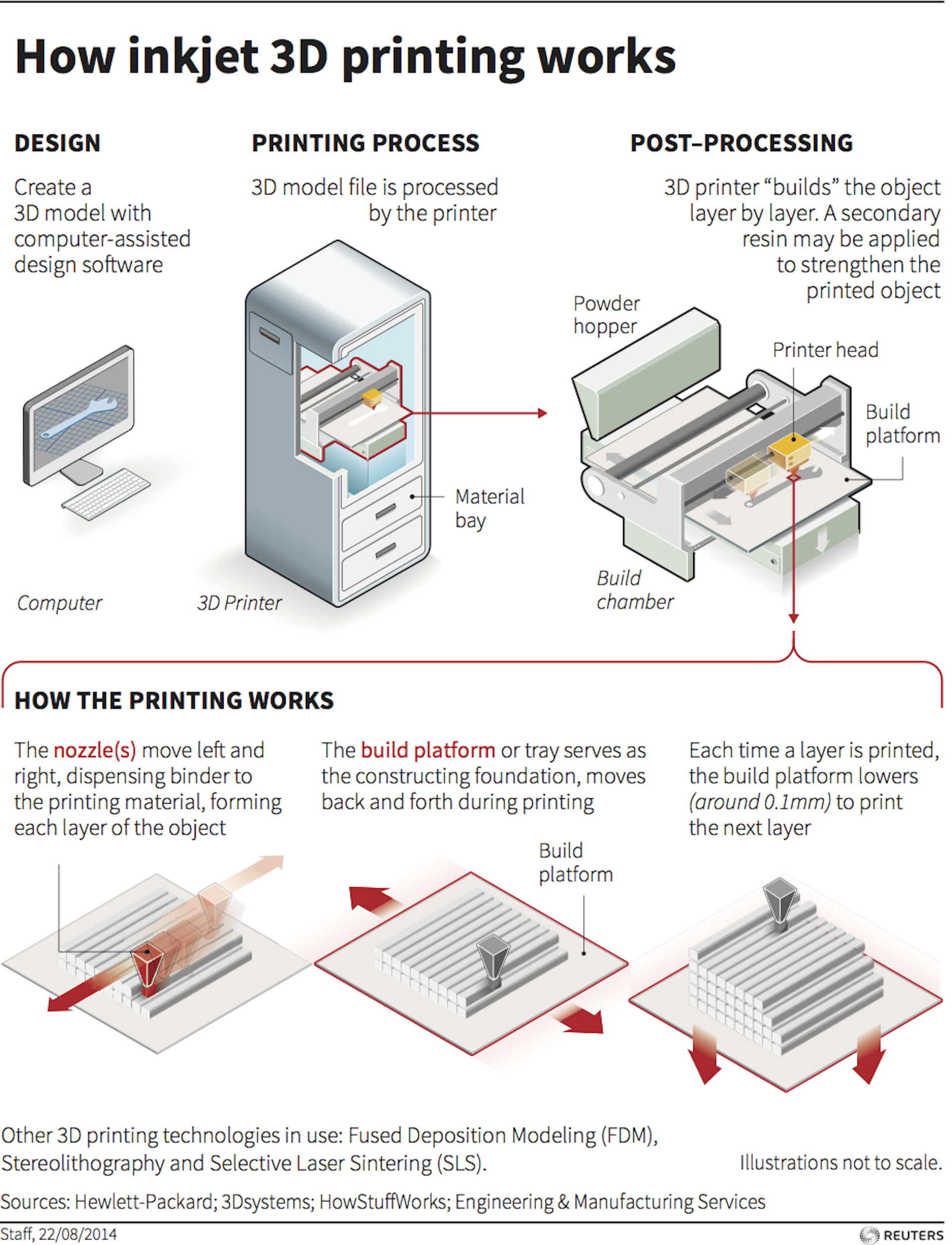 00 00 | 6.90% | |
| Heat treatment/HIP | $ 156.25 | 7.18 % | |
| CNC machining | $ 1,250.00 | 57.47 % | |
| Total | $ 2,175.00 | 100.00 % |
As the table shows, there are two areas in particular which contribute to almost three quarters of the total cost of printing a metal 3D part. These are:
CNC machining
All 3D printed metal parts must undergo post processing. This typically involves the use of software controlled machinery and skilled machine workers who will require between a few hours and a couple of days to finish each part. The work involves removing each part from its base or support structure, polishing it and turning it into a ready to use widget. CNC machining includes the cost of the energy used in processing the part, but also staff salaries.
DMLS/SLM
Direct metal laser sintering (DMLS) and selective laser melting (SLM) refer to the costs of using the 3D printer itself. A metal 3D printer uses a significant amount of energy, so the longer that the printing job takes, the higher this cost will be. Larger, more complex jobs will of course cost you more money.
A metal 3D printer uses a significant amount of energy, so the longer that the printing job takes, the higher this cost will be. Larger, more complex jobs will of course cost you more money.
Learn more: 6 major cost factors in 3D metal printing
How to bring down 3D metal printing costsAlthough 3D metal printing will never be ‘cheap’, there are a number of things you can do to reduce the costs involved in using this method. These include:
Reduction of machine costs in 3D metal printing
The best way to reduce the cost of ownership of your DMLS or SLM machine is to reduce the time it takes to 3D print the part. For example, 3D metal printing might allow you to produce dental parts that are completely unique to each patient. By using software that can automate design, you can speed up this process significantly. On a dental part, much of the fundamental geometry is identical; you will still need to customise certain elements to the patient’s mouth, yet most of the work is already done for you.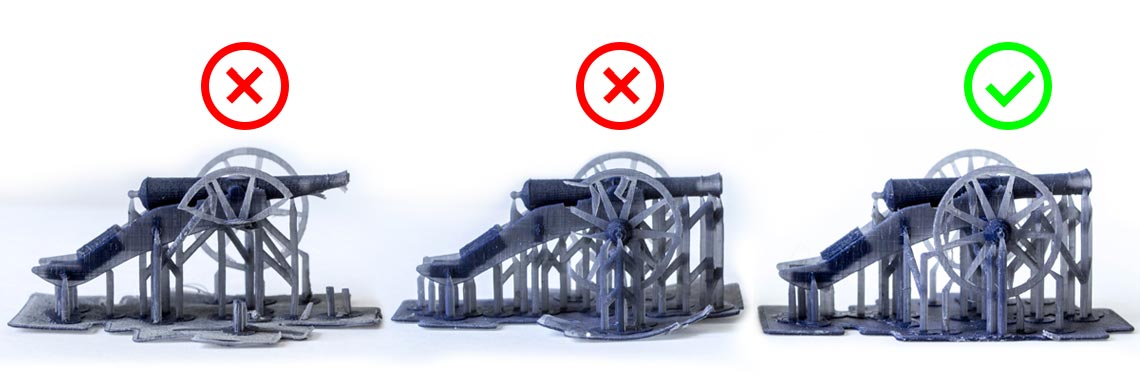 The part’s orientation, support structure generation, placement and slicing and matching can be repeated from one design to next. Your designer can then simply make a couple of tweaks to an existing design file without having to continually rebuild from scratch.
The part’s orientation, support structure generation, placement and slicing and matching can be repeated from one design to next. Your designer can then simply make a couple of tweaks to an existing design file without having to continually rebuild from scratch.
Cutting the CNC finishing costs of 3D metal printing
CNC machining costs are by far the largest cost component of a 3D metal piece. After all, it takes software-controlled machines and machinists to turn a “raw” 3D-printed part into a polished as well as ready-to-use part.
Most 3D printed workpieces come out of the machine with support structures. It takes experienced workers several hours to structurally remove these elements. The combination of technology, man-hours required and energy makes this the most expensive process step.
There are several emerging techniques that help to reduce the amount of time your teams spend on CNC finishing. Recent research shows that using supports that can be dissolved in acid can cut post processing time from a matter of days to just a few hours. Furthermore, some SLM editing software can help you design ways of removing support structures with greater ease.
Furthermore, some SLM editing software can help you design ways of removing support structures with greater ease.
Stay on the ball: advantages and disadvantages of metal printing
Reducing design time through automation
The beauty of 3D printing metal parts is that it allows you to produce completely unique and customized pieces. This would typically mean that each design needs to be custom built in the software – and that could take many hours of a designer’s time. However, today’s 3D metal printing software can help you to quickly increase the volume of parts you can produce by automating many stages of this process.
For example, 3D metal printing might allow you to produce dental parts that are completely unique to each patient. By using software that can automate design, you can speed up this process significantly. Built-in machine libraries and pre-defined support structures help to speed up the data preparation of your files, design more parts and therefore boost your profits while also reducing your costs.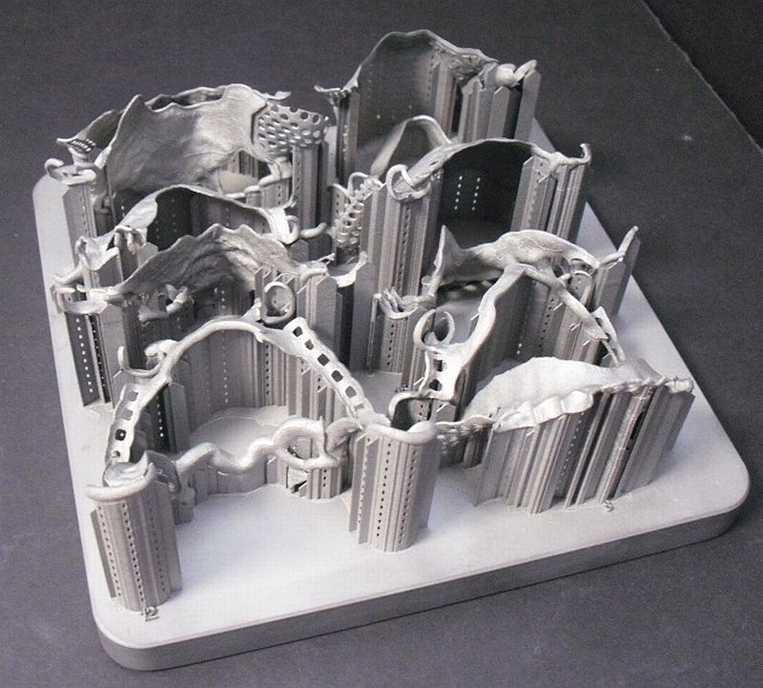
By finding ways to optimize your 3D metal printing processes, you can save your company significant sums of money while boosting productivity.
At CADS Additive, our mission is to find ways to automate and improve your processes around 3D printing. Our software brings you powerful and easy to use 3D metal printing design tools that help with the automation of many aspects of design. That saves your skilled workers from having to continually repeat work – and means they can produce more parts in less time.
Try CADS Additive today to see how it can help you automate the design process while reducing the cost of 3D metal printing for your business.
« Back to overview
Precise metal 3D printing on order in Sprint 3D
Metal 3D printing - additive manufacturing of metal products, which is rightfully one of the most promising and rapidly developing areas in 3D printing as such. The technology itself originates from the conventional sintering of materials used in powder metallurgy. But now it has become more perfect, accurate and fast. And today SPRINT3D offers you metal printing on 3 D printer on really favorable terms. But first, a little information about the production process itself and its capabilities.
The technology itself originates from the conventional sintering of materials used in powder metallurgy. But now it has become more perfect, accurate and fast. And today SPRINT3D offers you metal printing on 3 D printer on really favorable terms. But first, a little information about the production process itself and its capabilities.
Selective Laser Fusion Technology
SLM or Selective Fusion Technology is a type of direct metal printing that achieves a density of 99.5%. The difference is especially noticeable when compared with models obtained by conventional casting. This indicator is achieved due to the introduction of the latest technologies in the hardware part:
- The use of special rollers for compacting powders and, as a result, the possibility of using powders with a particle size of 5 microns.
- Bulk density increase to help compact end products.
- Creates a rarefied atmosphere of inert gases, which ensures maximum purity of the material, no oxidation, and eliminates the risk of introducing third-party chemical compounds into the composition.
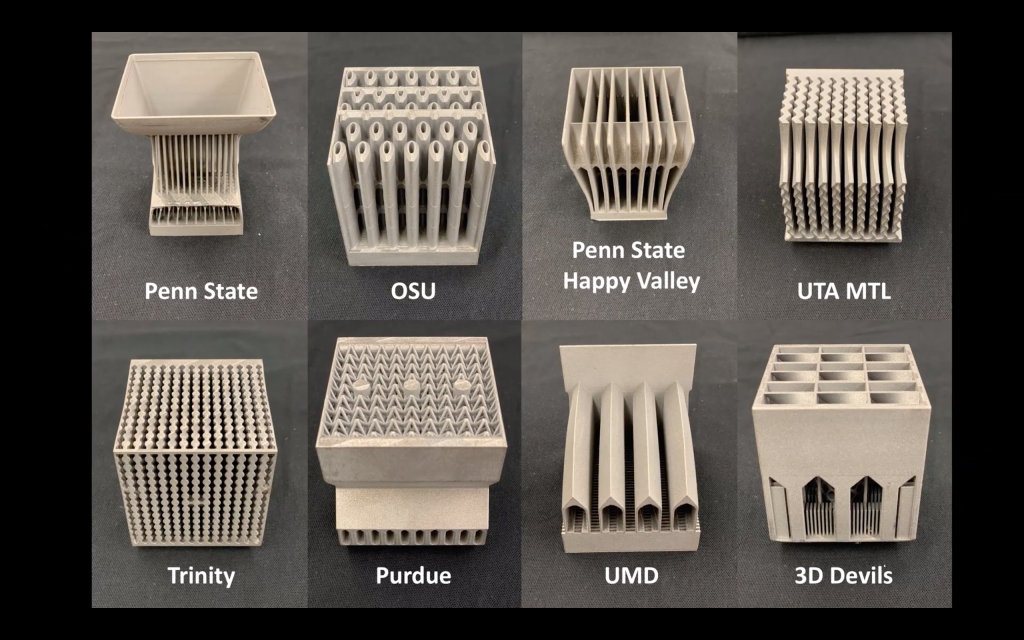
But most importantly, the modern 3 D Metal Printer makes it easy to customize the configuration for printing with a specific metal powder. Thus, even with inexpensive material, you can get a first-class result. But only if you use high-quality modern equipment. And here we are ready to surprise you too!
Metal 3D printing B SPRINT 3D
3D printing with own 3D printers
The largest working area is 280x280x350 mm
layer thickness up to 15 micron
3D with various types of metals
Delivery throughout Russia and CIS countries
installations for 3 D metal print, which we use
Production quality is a key requirement that we set ourselves. Therefore, in our work we use only professional equipment with wide possibilities for metal printing. Let's take a closer look at each of the production units. nine0009
Production unit SLM 280HL
SLM 280HL is a development of the German company SLM Solutions GmbH, which uses the technology of layer-by-layer laser melting of powder metal materials. The installation is equipped with a large working chamber and allows you to create 3D objects with dimensions of 280x280x350 mm. Among the main advantages of printing with this unit are:
The installation is equipped with a large working chamber and allows you to create 3D objects with dimensions of 280x280x350 mm. Among the main advantages of printing with this unit are:
- Small minimum thickness of the applied layer - 20 microns.
- Filling the working chamber with an inert gas, which allows you to work with various reactive metals.
- Print speed up to 35 cm/hour.
- Construction layer thickness – 30 and 50 µm.
- Power - 400 W.
A special highlight is the patented powder feed system, which delivers significantly faster print speeds than most production machines in the same price range. We use the following materials in production:
- Stainless steel (domestic 07X18H12M2 (Polema), 12X18H10T and imported 316L).
- Tool steel (imported 1.2709).
- Heat-resistant alloys 08KhN53BMTYu (similar to Inconel 718, produced by Polem) and EP 741 (produced by VILS).
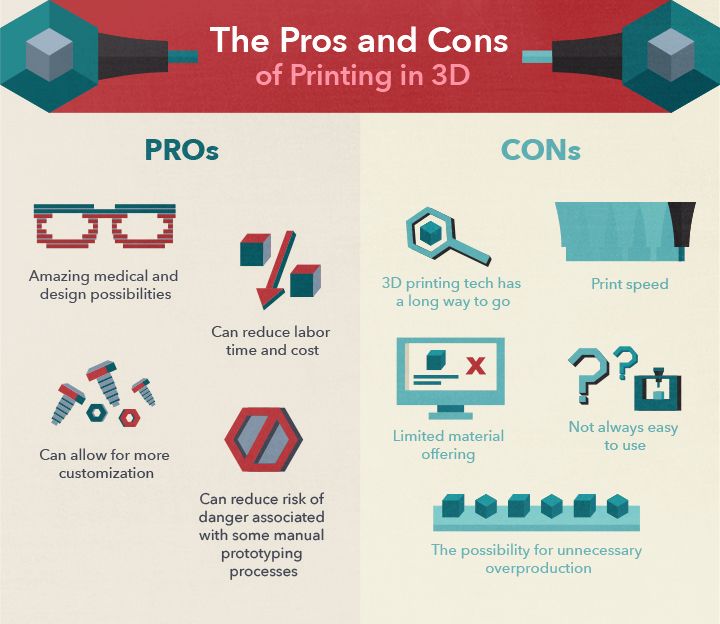
- Cobalt Chrome (COCR)
The SLM 280HL 3D printer can be used to create all kinds of metal components, prototypes and end products. If necessary, we can provide small-scale production. nine0009
ProX 100 production unit
ProX 100 is a compact 3 D metal printing unit developed by the American company 3D Systems. It uses direct laser sintering technology, which ensures high speed and precision of production. Among the main characteristics it is worth highlighting:
- The size of the working chamber is 100x100x80 mm.
- Construction layer thickness – 20 and 30 µm. nine0021
- Power - 50 W.
ProX 100 allows you to create prototypes that cannot be developed by standard methods, provides short lead times, guarantees the absence of material porosity and high part density. In addition, we note the standardized quality of all products, regardless of their structure.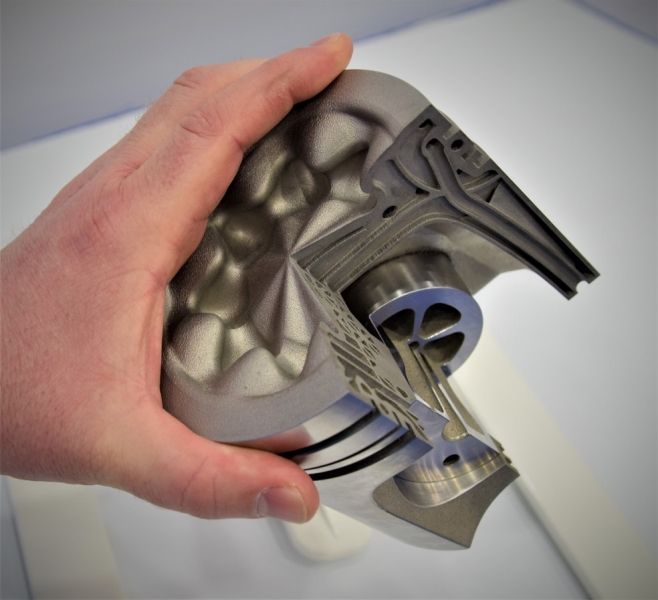 At the moment, the model is actively used in dentistry when creating high-precision prostheses, but it has found wide application in other industries:
At the moment, the model is actively used in dentistry when creating high-precision prostheses, but it has found wide application in other industries:
- Manufacture of engines and their individual parts.
- Development of medical equipment.
- Printing jewelry and even contemporary art.
In printing, we use the KX28M6 cobalt-chromium alloy (Polem's production), originally developed for additive technologies when creating endoprostheses.
Metal 3D printing - current application
Many experts argue that 3D printing as such has not yet fully revealed its potential. For example, Elon Musk plans to use technology in the colonization of Mars to build administrative and residential buildings, equipment and technology right on the spot. And this is quite real, because already now the technology of three-dimensional metal printing is actively used in various industries: The high precision of production and relatively affordable price have made 3D printing very relevant in this industry. nine0021
nine0021
And this is only a small part of what can be created on modern equipment. Almost all metal products that you need can be created using metal 3D printing technology. And if this service is relevant for you, contact SPRINT3D. We will undertake work of any complexity and volume. And most importantly - we will provide first-class results!
The future is here!
You may be interested in
Metal 3D Printing - A Fundamental Guide
There is no hotter trend in 3D printing today than metal.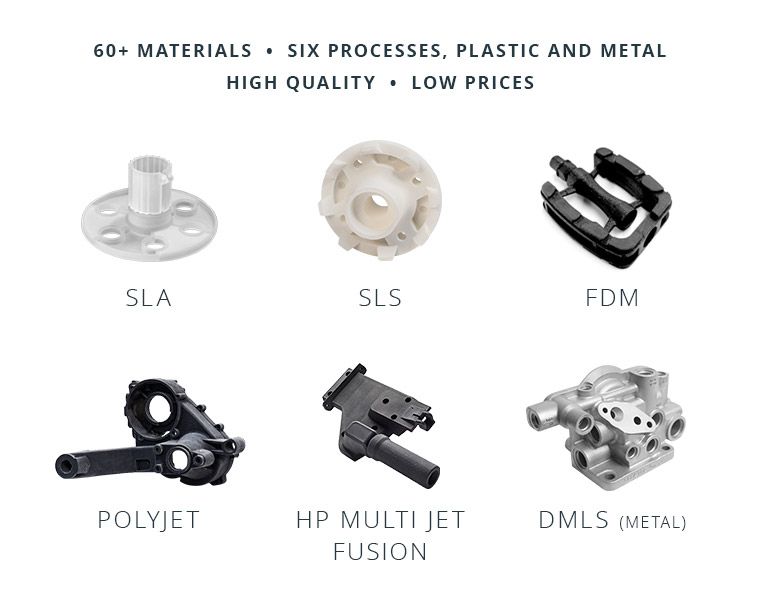 We will talk about metal printing at home, how it is done on an industrial scale, about technologies, applications, printers, processes, prices and materials.
We will talk about metal printing at home, how it is done on an industrial scale, about technologies, applications, printers, processes, prices and materials.
Metal 3D printing has grown in popularity over the past few years. And this is quite natural: each material offers a unique combination of practical and aesthetic qualities, can be suitable for a wide range of products, prototypes, miniatures, decorations, functional details and even kitchen utensils. nine0009
The reason metal 3D printing has become so popular is because the printed objects can be mass-produced. In fact, some of the printed parts are just as good (if not better) than those made with traditional methods.
In traditional production, working with plastic and metal can be quite wasteful - there is a lot of waste, a lot of excess material is used. When an aircraft manufacturer makes metal parts, up to 90% of the material is simply cut off. 3D printed metal parts require less energy and waste is reduced to a minimum. It is also important that the final 3D printed product is up to 60% lighter than a traditional part. Billions of dollars could be saved in the aviation industry alone—mainly through weight savings and fuel savings.
It is also important that the final 3D printed product is up to 60% lighter than a traditional part. Billions of dollars could be saved in the aviation industry alone—mainly through weight savings and fuel savings.
So, what do we need to know about metal 3D printing?
Metal 3D printing at home
If you want to make objects that look like metal at home, your best bet is to use metallized PLA filaments. ? Given the extreme heat required for true metal 3D printing, a conventional FDM 3D printer will not be able to do this.
It is unlikely that in this decade it will be possible to print with liquid metal at home. Until 2020, you probably will not have a printer specialized for this purpose at home. But in a few years, as nanotechnology advances, we may see significant developments in new applications. This can be 3D printed with conductive silver, which will emit in much the same way as it does in 2D home printers. It will even be possible to mix different materials like plastic and metal in one object.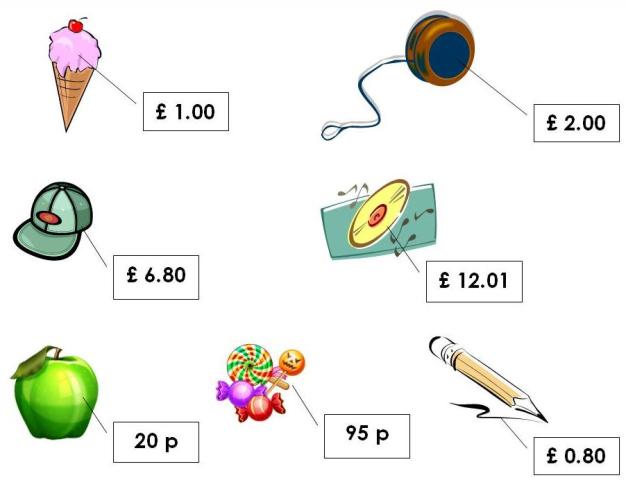 nine0009
nine0009
Materials for metal 3D printing at home
Even though you can't print actual metal objects at home, you can turn to plastic filament that has metal powders added to it. ColorFabb, ProtoPasta and TreeD Filaments all offer interesting metal-PLA composite filaments. These filaments, containing a significant percentage of metal powders, remain pliable enough to be printed at low temperatures (200 to 300 Celsius) on virtually any 3D printer. At the same time, they contain enough metal to make the final object look, feel, and even weigh like metal. Iron-based filaments even rust under certain conditions. nine0009
But you can go further. Typically, up to 50 percent metal powder is added to 3D printing filament. Dutch company Formfutura says they have achieved 85 percent metal powder with 15 percent PLA. These filaments are called MetalFil Ancient Bronze and Metalfil Classic Copper. They can be printed even at "moderate" temperatures from 190 to 200 degrees Celsius.
Metal 3D Printing Filament Spools, in this case by SteelFill and CopperFill colorFabb (Steel and Bronze), Ancient Bronze by Formfutura
Here are the key points about metal printing at home
- Gets a unique metal surface and look
- Ideal for jewelry, figurines, housewares, replicas
- Durability
- Objects are not flexible (structure dependent)
- Objects do not dissolve
- Not considered food safe
- Typical print temperature: 195 - 220°C
- Extremely low shrinkage on cooling
- No table heating required
- Printing complexity is high, requires fine tuning of nozzle temperature, feed rate, post-processing
Preparing your home printer for metal 3D printing
Since getting metal 3D prints is more difficult than usual, you may need to upgrade your 3D printer nozzle, especially if you are an entry-level printer.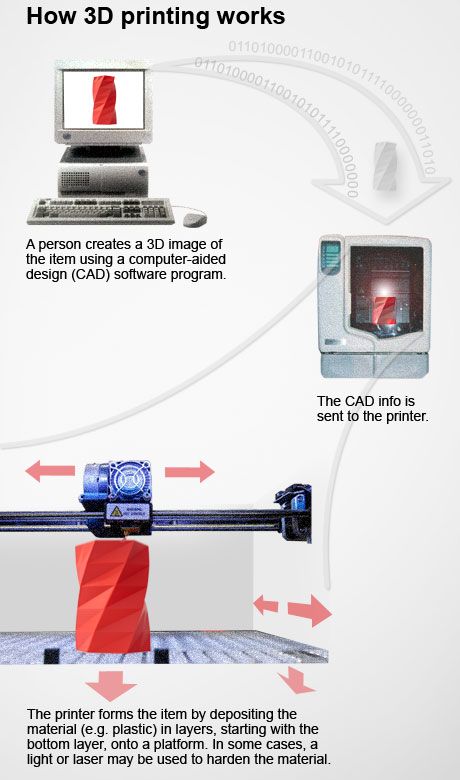 The metal filament wears it out quickly. There are hard-wearing hot-ends (like the E3D V6) that are themselves made of metal. They can withstand high temperatures and fit most printers. Be prepared for the fact that the nozzles will have to be changed frequently, because the metal filament is very abrasive. nine0009
The metal filament wears it out quickly. There are hard-wearing hot-ends (like the E3D V6) that are themselves made of metal. They can withstand high temperatures and fit most printers. Be prepared for the fact that the nozzles will have to be changed frequently, because the metal filament is very abrasive. nine0009
You will also need to take care of the final finishing of the surface (cleaning, sanding, oiling, waxing or priming) so that the printed metal object shines as it should.
How much does metal filament for 3D printing cost?
And what about metal filament for 3D printing? - you ask. Here are some examples:
- ColorFabb's 750 gram Bronzefill spool is $56.36
- ColorFabb 750g Copperfill Coil $56.36
- Protopasta's Polishable Stainless Steel PLA Composite is $56 for 56 grams of
- Protopasta's Rustable Magnetic Iron PLA Composite is $34.99 for 500 grams of
Industrial metal 3D printing
But what if you want a better result or even full metal 3D printing? Should a real "metal" 3D printer be purchased for business needs? We wouldn't recommend it - unless you're going to be doing it every day. A professional metal 3D printer is expensive: EOS or Stratasys devices will cost you 100-500 thousand dollars. In addition, the costs will be even greater, since you will have to hire an operator, a worker to maintain the machine, as well as to finalize the printouts (polishing, for example). Just a note: In 2016, an affordable metal 3D printer didn't exist. nine0009
A professional metal 3D printer is expensive: EOS or Stratasys devices will cost you 100-500 thousand dollars. In addition, the costs will be even greater, since you will have to hire an operator, a worker to maintain the machine, as well as to finalize the printouts (polishing, for example). Just a note: In 2016, an affordable metal 3D printer didn't exist. nine0009
Lowering Metal 3D Printing Costs
If you are not going to open a metal 3D printing business, but still need a professionally 3D printed metal part, it is better to contact the appropriate company that provides such services. 3D printing services like Shapeways, Sculpteo and iMaterialise offer direct metal printing.
They currently work with the following metal materials in 3D printing:
- aluminum
- steel
- brass
- copper
- bronze
- sterling silver
- gold
- platinum
- titanium
If you are a jeweler, you can also order wax models for casting in precious metals.
If we talk about wax models, then in most cases they (with subsequent melting) are used when printing with metals (including gold and silver). Not all orders are carried out directly by these firms. They usually turn to other metal 3D printing companies to complete the order. However, the number of such services around the world is growing rapidly. In addition, metal 3D printing techniques are becoming more and more common in companies that offer such services. nine0009
The reason 3D printing is so popular with large companies is that it can be used to build fully automated lines that produce "topologically optimized" parts. This means that it is possible to fine-tune the raw materials and make the components thicker only if they must withstand heavy loads. In general, the mass of parts is significantly reduced, while their structural integrity is preserved. And this is not the only advantage of this technology. In some cases, the product turns out to be significantly cheaper and affordable for almost everyone.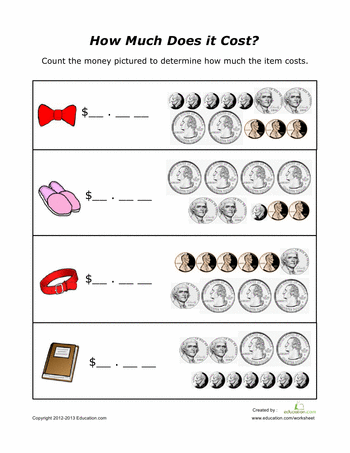 nine0009
nine0009
Please note that metal 3D printing requires special CAD software for modeling. It is worth paying attention to the recommendations of Shapeways - 3D printing metal guidelines. To delve further into the topic, check out Statasys’ information on related 3D printers and the nuances of metal 3D printing.
Here are some examples of Benchy test model prices for metal 3D printing:
- Metal plastic: $22.44 (former alumide, PLA with aluminium)
- Stainless steel: $83.75 (plated, polished)
- Bronze: $299.91 (solid, polished)
- Silver: $713.47 (solid, mirror polished)
- Gold: $87.75 (gold plated, polished)
- Gold: $12,540 (solid, 18K gold)
- Platinum: $27,314 (solid, polished)
As you might expect, solid metal 3D printing prices are quite high.
Metallic 3D printing. Applications
GE LEAP aircraft engine parts 3D printed at Avio Aero (Photo: GE)
There are several industries already using 3D printers to make everyday objects - you may not even know that these objects are printed. nine0009
- The most common case is surgical and dental implants, which are considered the best option for patients today. Reason: they can be tailored to individual needs.
- Another industry is jewelry. Here, most manufacturers have abandoned resin 3D printing and wax casting, switching directly to metal 3D printing.
- In addition, the aerospace industry is becoming more and more dependent on 3D printed metal objects. The Italian company Ge-AvioAero was the first to do all-metal 3D printing. It manufactures components for LEAP aircraft engines. nine0021
- Another industry targeting metal 3D printing is automotive. BMW, Audi, FCA are seriously considering this technology, not only for prototyping (3D printing has been used for this for quite some time), but also for making real parts.

Before metal 3D printing really takes off, however, there are some hurdles to overcome. And first of all, this is a high price, which cannot be made lower than during molding. Another problem is the low production speed. nine0009
Metal 3D printing.
Technologies
Most metal 3D printing processes start with an "atomized" powder
You can talk a lot about "metal" 3D printers, but their main problems remain the same as any other 3D – printers: software and hardware limitations, material optimization and multimateriality. We won't talk too much about the software, we'll just say that most of the major specialized software companies, such as Autodesk, SolidWorks and solidThinking, try to emphasize as much as possible the fact that as a result of the 3D metal printing process, you can get any shape you want. nine0009
In general, printed metal parts can be as strong as parts made by traditional processes.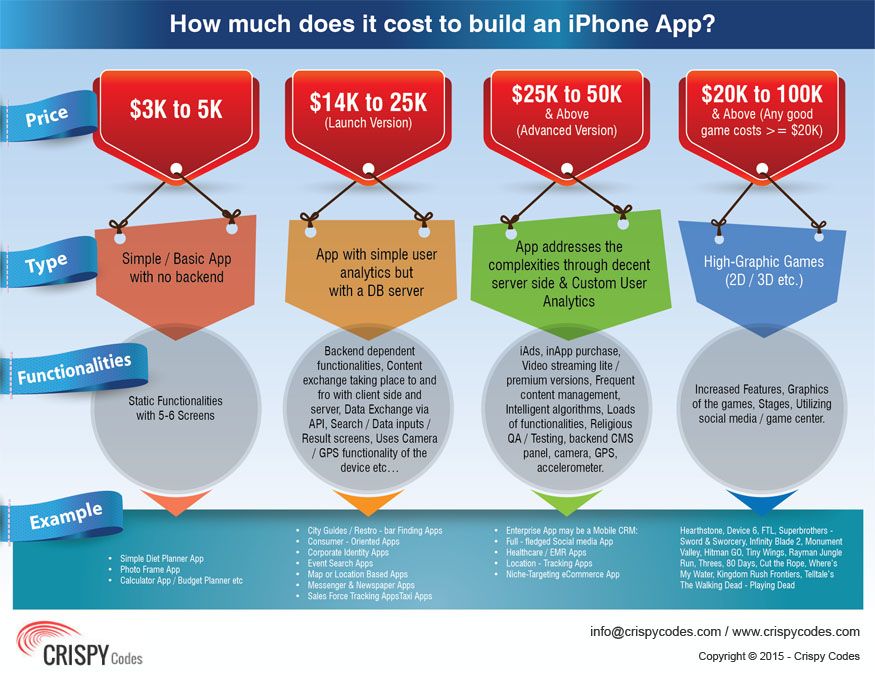 Parts made using DMLS technology have mechanical properties equivalent to casting. In addition, the porosity of objects made on a good "metal" 3D printer can reach 99.5%. In fact, manufacturer Stratasys claims that 3D printed metal parts perform above industry standards when tested for density. nine0009
Parts made using DMLS technology have mechanical properties equivalent to casting. In addition, the porosity of objects made on a good "metal" 3D printer can reach 99.5%. In fact, manufacturer Stratasys claims that 3D printed metal parts perform above industry standards when tested for density. nine0009
3D printed metal can have different resolutions. At the highest resolution, layer thickness is 0.0008 - 0.0012" and X/Y resolution is 0.012 - 0.016". The minimum hole diameter is 0.035 - 0.045". formed layer)
The metal 3D printing process used by most relevant large companies today is called Powder Bed Fusion. This name indicates that some source of energy (a laser or other energy beam) melts an "atomized" powder (i.e., a metal powder that is carefully ground into spherical particles), resulting in layers of a printed object.
There are eight major manufacturers of metal 3D printers in the world that already use this technology; while we are talking here, there are more and more such companies.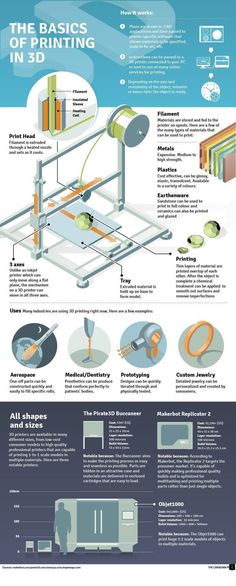 Most of them are in Germany. Their technologies are called SLM (Selective Laser Melting - selective laser fusion) or DMLS (Direct Metal Laser Sintering - direct metal laser sintering). nine0009
Most of them are in Germany. Their technologies are called SLM (Selective Laser Melting - selective laser fusion) or DMLS (Direct Metal Laser Sintering - direct metal laser sintering). nine0009
Metal 3D-printing process No. 2:
Binder Jetting (spraying the binding substance)
under 3DP-technology of Exone metal objects are printed by binding the powder before its binding in the mining (photos : ExOne)
Another professional approach that also uses a powder base is called Binder Jetting. In this case, the layers are formed by gluing metal particles together and then sintering (or fusing) them in a high-temperature furnace, just like it is done with ceramics. nine0009
Another option, which is similar to working with ceramics, is mixing metal powder into metal paste. A pneumatically extruded 3D printer (similar to a syringe bioprinter or an inexpensive food printer) forms 3D objects. When the required shape is reached, the object is sent to the furnace, i.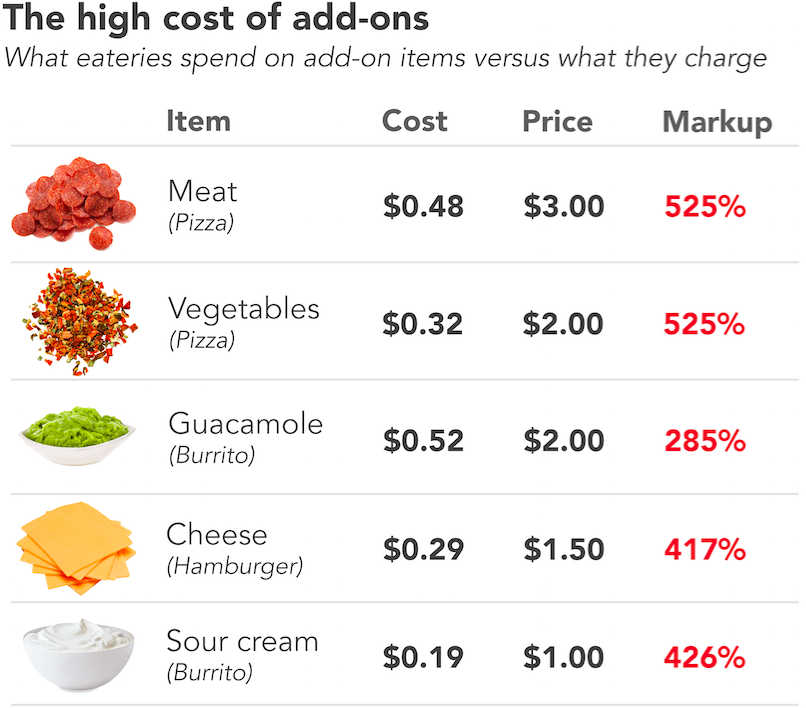 e. in the mountains
e. in the mountains
This approach is used in the Mini Metal Maker, apparently the only inexpensive "metal" 3D printer.
Metal 3D printing process #3: 9Metal deposition This is not entirely true. Of course, on some desktop device, simply fusing metal threads onto the base will not work. However, very large steel companies can do it. And they do. There are two options for working with "metal surfacing". nine0009
One is called DED (Directed Energy Deposition) or Laser Cladding. Here, a laser beam is used to melt the metal powder, which is slowly released and solidifies as a layer, and the powder is fed using a robotic arm.
Normally the whole process takes place in a closed chamber, but the MX3D project uses conventional 3D printing techniques to build a full-size bridge. Another option for metal fusion is called EBAM (Electron Beam Additive Manufacturing - additive electron beam technology), which is essentially soldering, in which a very powerful electron beam is used to melt 3 mm titanium wire, and the molten metal forms very large finished structures.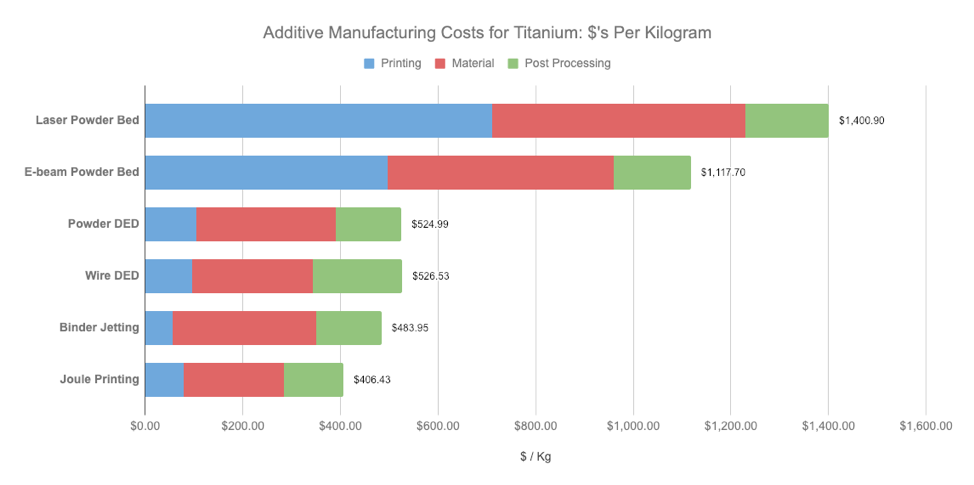 As for this technology, its details are known so far only to the military. nine0009
As for this technology, its details are known so far only to the military. nine0009
Metallic 3D printing. Metals
3D Printing Metal #1: Titanium
Pure titanium (Ti64 or TiAl4V) is one of the most commonly used metals for 3D printing and is definitely one of the most versatile, strong and lightweight. Titanium is used both in the melting process in a preformed layer and in the process of spraying a binder and is used mainly in the medical industry (for the manufacture of personal prostheses), as well as in the aerospace industry, automotive and machine tools (for the manufacture of parts and prototypes). But there is one problem. Titanium is very reactive and explodes easily in powder form. Therefore, it is necessary that titanium 3D printing takes place in a vacuum or in an argon environment. nine0009
3D printing metal #2: Stainless steel
Stainless steel is one of the cheapest 3D printing metals. At the same time, it is very durable and can be used in a wide range of manufacturing and even artistic and design applications. The type of steel alloy used also contains cobalt and nickel, is very difficult to break, and has a very high elasticity. Stainless steel is used almost exclusively in industry. nine0009
The type of steel alloy used also contains cobalt and nickel, is very difficult to break, and has a very high elasticity. Stainless steel is used almost exclusively in industry. nine0009
3D Printing Metal #3: Inconel
Inconel is a superalloy manufactured by Special Metals Corporation, its registered trademark. The alloy consists mainly of nickel and chromium and is very heat resistant. Therefore, it is used in the oil, chemical and aerospace (for black boxes) industries.
3D Printing Metal #4: Aluminum
Due to its lightness and versatility, aluminum is very popular in 3D printing. Aluminum alloys are commonly used. nine0009
3D Printing Metal #5: Cobalt Chrome
gap). It is most commonly used in the manufacture of turbines, dental and orthopedic implants, where 3D printing has become the dominant technology.
3D printing metal #5. Copper and bronze
With few exceptions, copper and bronze are used in wax melting processes, rarely in layer melting. The fact is that these metals are not very suitable for industry, they are more often used in the manufacture of works of art and crafts. ColorFabb offers both metals as the basis for a special metal filament.
The fact is that these metals are not very suitable for industry, they are more often used in the manufacture of works of art and crafts. ColorFabb offers both metals as the basis for a special metal filament.
3D printing metal #6. Iron
Iron, incl. magnetic, also mainly used as an additive to PLA-based filaments, which are produced, for example, by ProtoPasta and TreeD. nine0009
3D printing metal #7. Gold, Silver and Other Precious Metals
Most preformed melt companies can 3D print precious metals such as gold, silver and platinum. Here, along with the preservation of the aesthetic properties of materials, it is important to achieve optimization of work with expensive starting powder. Precious metal 3D printing is required for jewelry, medical applications and electronics. nine0009
Metallic 3D printing. Printers
Do not hesitate - the purchase of a metal 3D printer will not pass without a trace on your budget.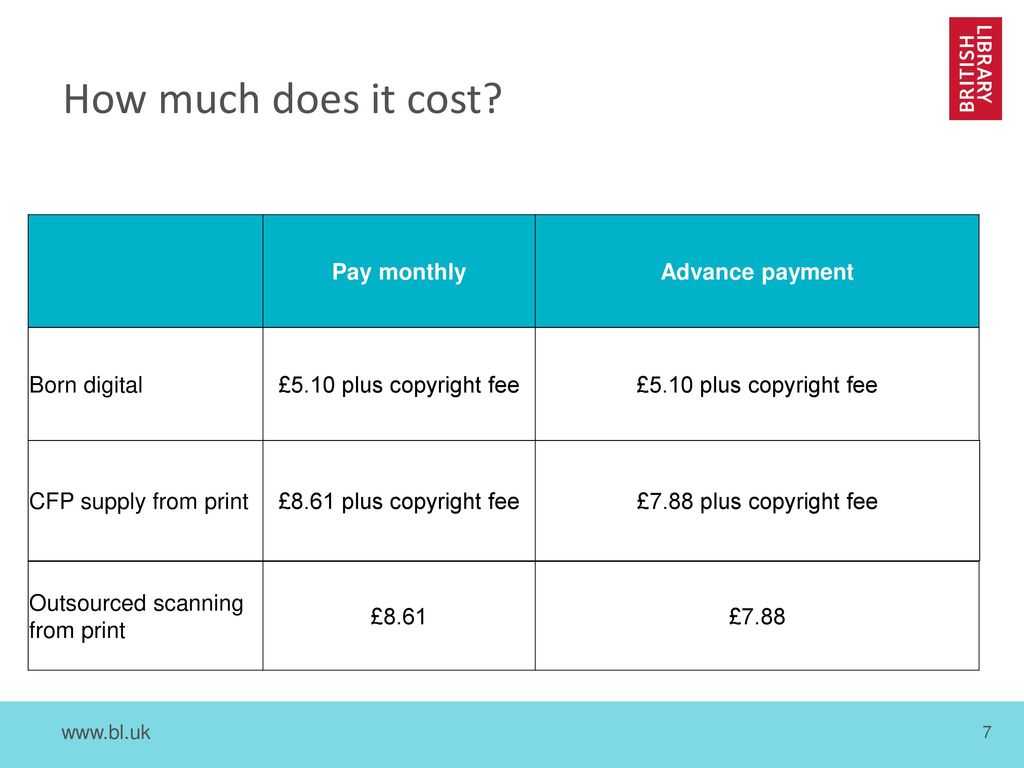 It will cost at least 100-250 thousand dollars. Here is a list of a variety of "metal" printers, some of which can be found in firms providing 3D printing services.
It will cost at least 100-250 thousand dollars. Here is a list of a variety of "metal" printers, some of which can be found in firms providing 3D printing services.
Metal 3D Printer #1:
Sciaky EBAM 300 - Metal Filament Printing
If you need to print really large metal structures, Sciaky's EBAM technology is your best bet. By order, the device can be built in almost any size. This technique is used mainly in the aerospace industry and the military.
Sciaky's largest production printer is the EBAM 300. It prints objects in a volume of 5791 x 1219 x 1219 mm.
The company claims the EBAM 300 is also one of the fastest industrial 3D printers on the market. A three-meter-sized titanium part for an aircraft is printed on it in 48 hours, while the material consumption is about 7 kg per hour. In general, forged parts that usually take 6-12 months to complete can be made in 2 days with this 3D printer. nine0009
nine0009
The metal layers are first cut and then ultrasonically welded. The largest Fabrisonic 7200 printer operates in a volume of 2 x 2 x 1.5 m. The metal powder 3D printer is the Concept Laser XLine 1000. It has a modeling volume of 630 x 400 x 500 mm and is the size of a house. nine0009
Its German company, one of the main suppliers of 3D printers for aerospace giants like Airbus, recently introduced a new machine, the Xline 2000.
This machine uses two lasers and has a working volume of 800 x 400 x 500 mm. Uses LaserCUSING laser technology (a variant of selective laser fusion) from Concept Laser, which allows you to print alloys of steel, aluminum, nickel, titanium, precious metals and even some pure substances (titanium and stainless steel). nine0009
Metallic 3D printing. Services
There are more than 100 companies worldwide offering metal 3D printing services. We list the most popular services for consumer needs.
Metal 3D Printing Service #1: Shapeways
The world's most popular 3D printing service, Shapeways offers two types of services. As a consumer, you can choose from a wide range of professionally designed objects, customize them, and then have them printed to your specifications. Like other 3D printing services, Shapeways offers a platform for designers to sell and print their work. Shapeways is also a good place for rapid prototyping: customers benefit from industrial-grade printers (EOS, 3D Systems) and personal technical support. nine0009
As a consumer, you can choose from a wide range of professionally designed objects, customize them, and then have them printed to your specifications. Like other 3D printing services, Shapeways offers a platform for designers to sell and print their work. Shapeways is also a good place for rapid prototyping: customers benefit from industrial-grade printers (EOS, 3D Systems) and personal technical support. nine0009
3D printing metals: aluminium, brass, bronze, gold, platinum, precious metal plating, silver, steel. There are also wax molds for jewelry purposes.
Metal 3D Printing Service #2: Sculpteo
Like Shapeways and i.materialise, Sculpteo is an online 3D printing service that allows anyone to upload 3D models and send them to fabrication in a wide range of materials . Like its competitors, Sculpteo provides a platform for hobbyists and professionals to showcase and sell their designs. The stable of Sculpteo printers includes highly professional machines from 3D Systems, EOS, Stratasys and ZCorp. Extensive technical documentation will help identify design flaws and select the right material for the project. nine0009
Extensive technical documentation will help identify design flaws and select the right material for the project. nine0009
Metals for 3D printing: alumide (plastic with aluminum particles), brass, silver.
Metal 3D Printing Service #3: iMaterialise
Materialise is a company that works with industrial customers to prototyping 3D printed products. For casual users and designers, Materialize offers an online 3D printing service called i.materialise. As with Shapeways, this service allows anyone to upload their 3D designs and print them out. Once an object has been uploaded and successfully printed, a designer can list it for sale either in the gallery of the i.materalise online store or by embedding some code into their site. nine0009
3D printing metals: alumide (plastic with aluminum powder), brass, bronze, copper, gold, silver, steel, titanium.
Metal 3D Printing Service #4: 3D Hubs
Through 3D Hubs, you can search for individuals and companies that offer 3D printing services in your area, upload STL files (which are immediately evaluated for defects ) and contact service providers directly to get the job done.